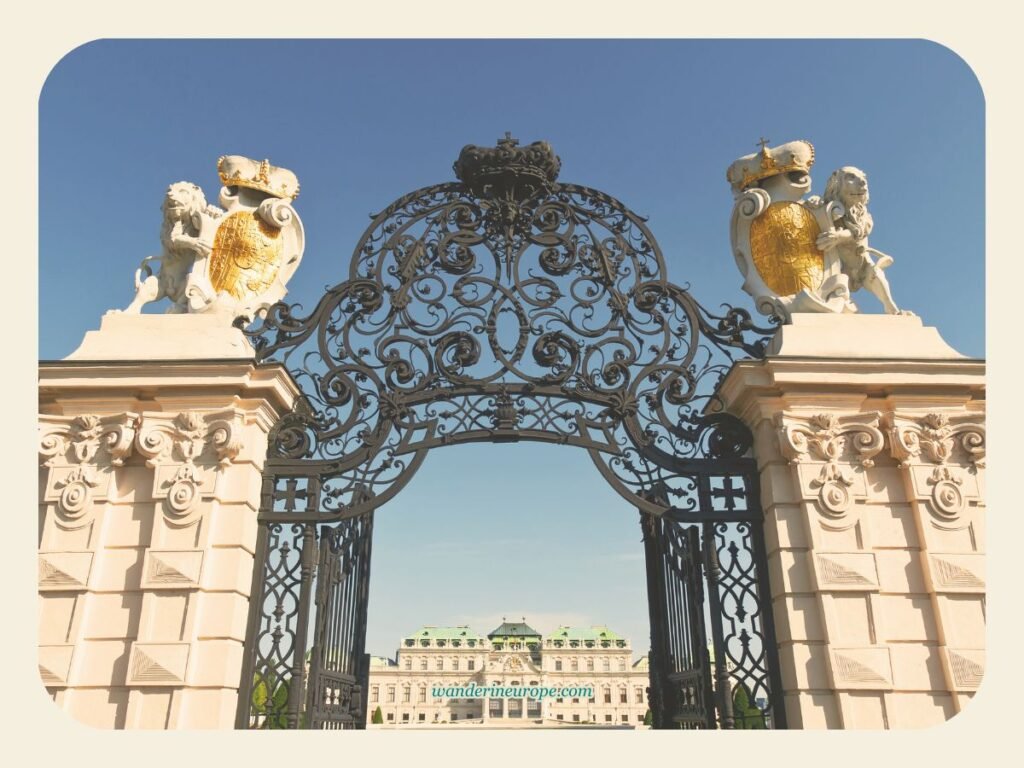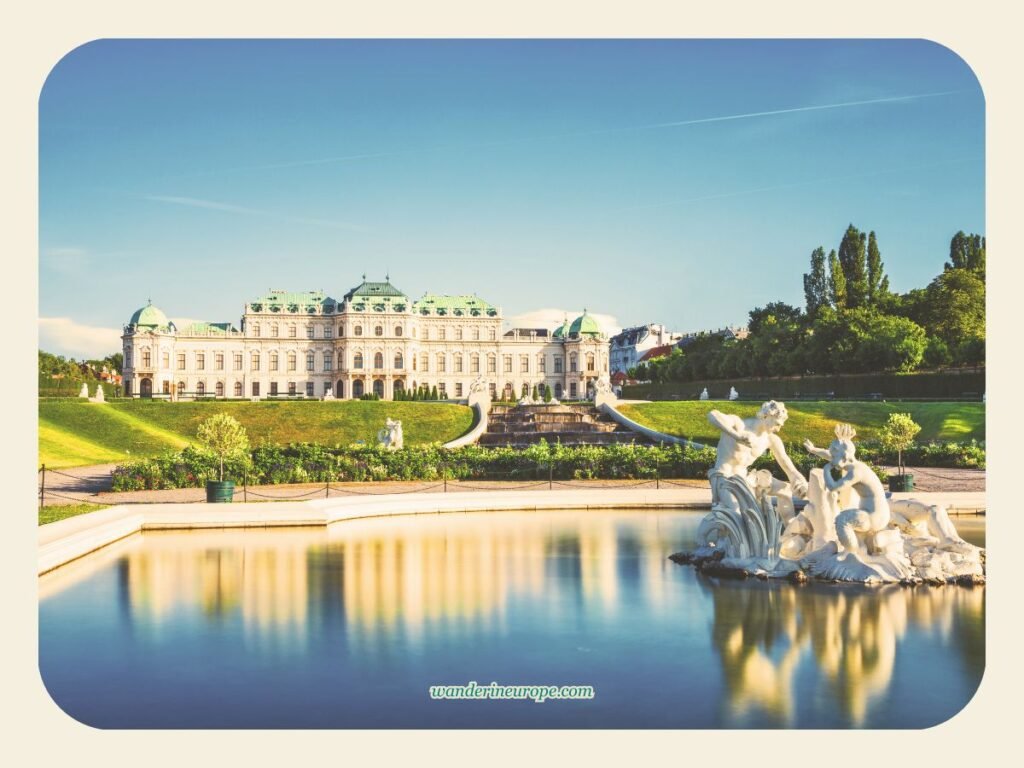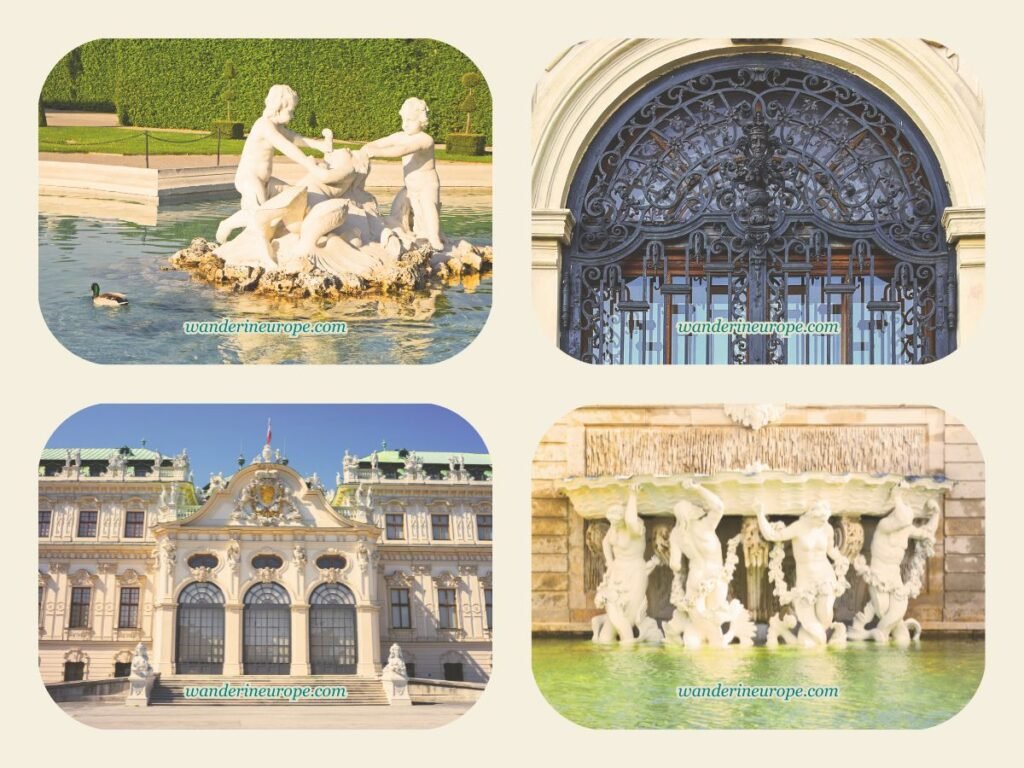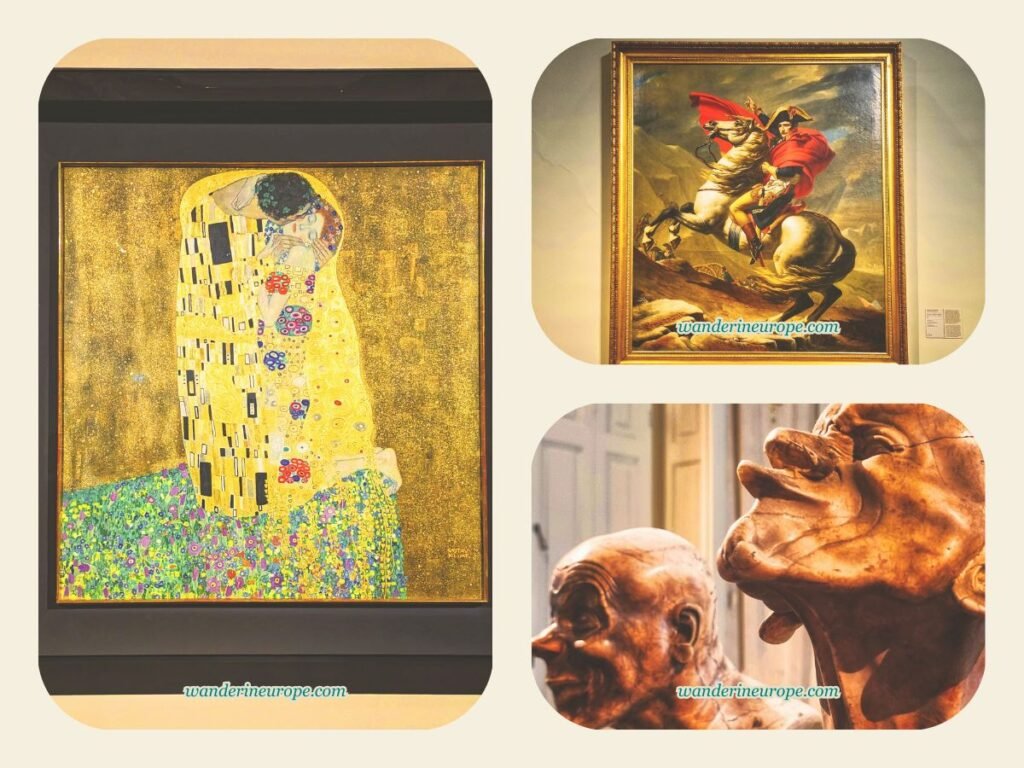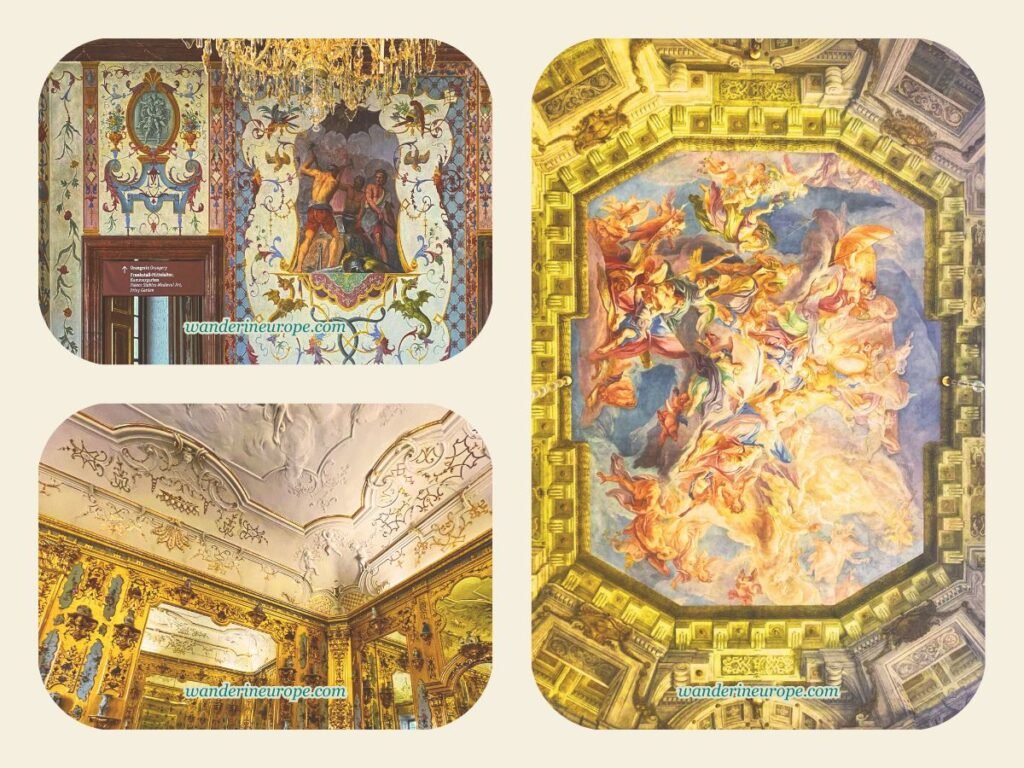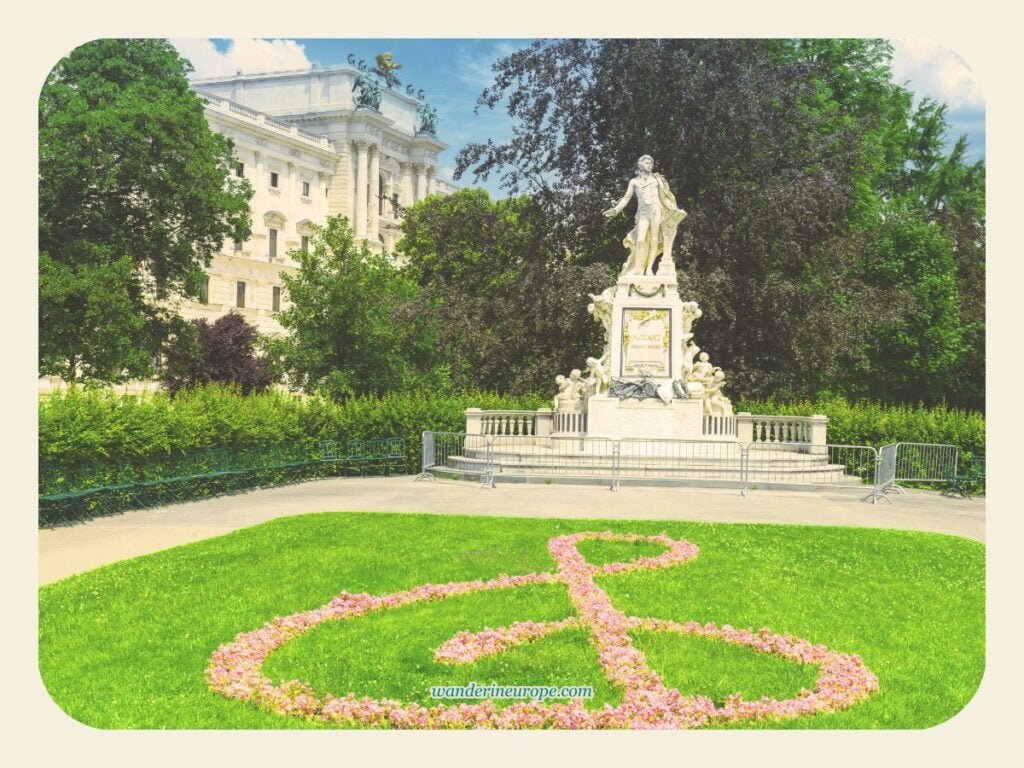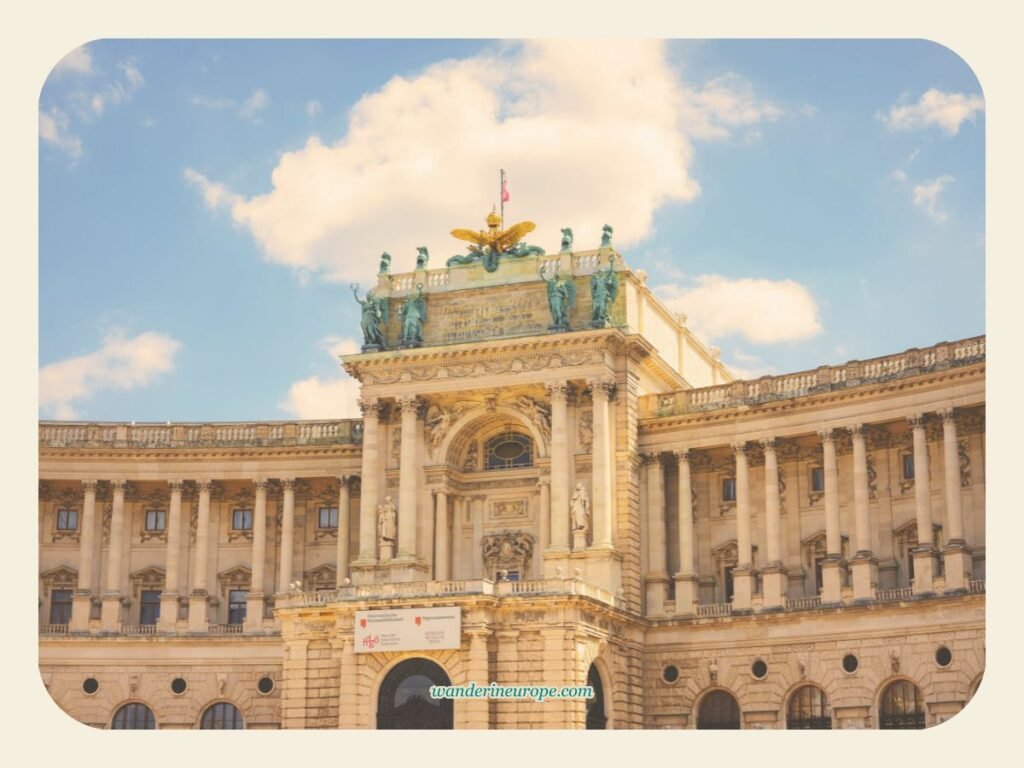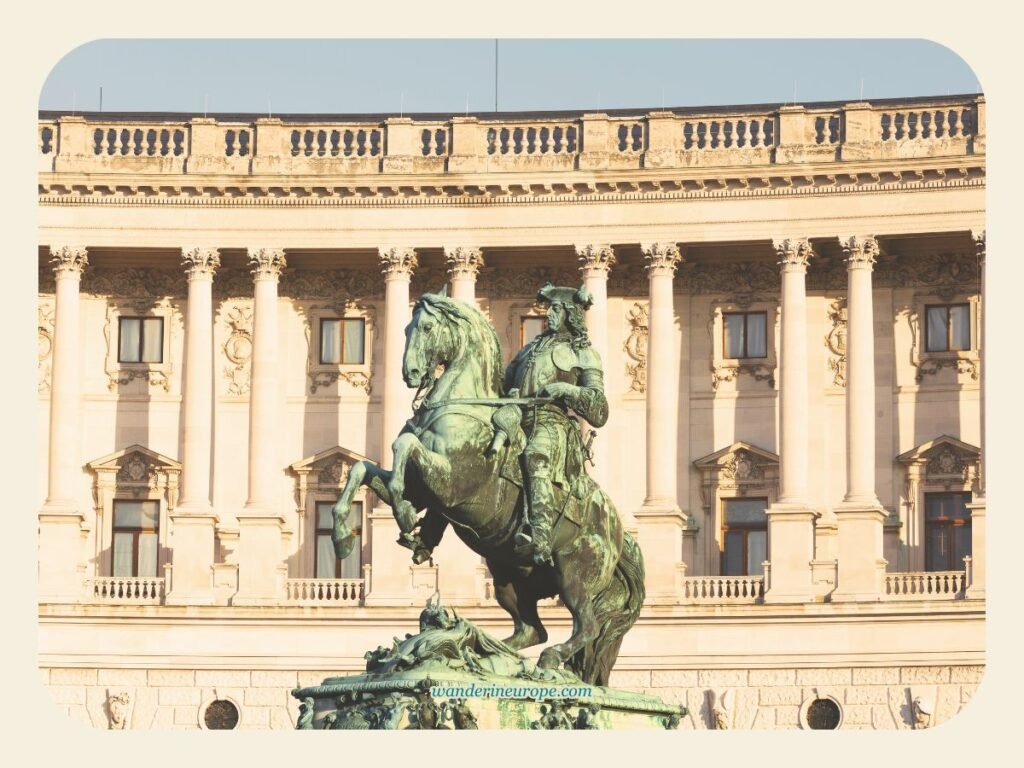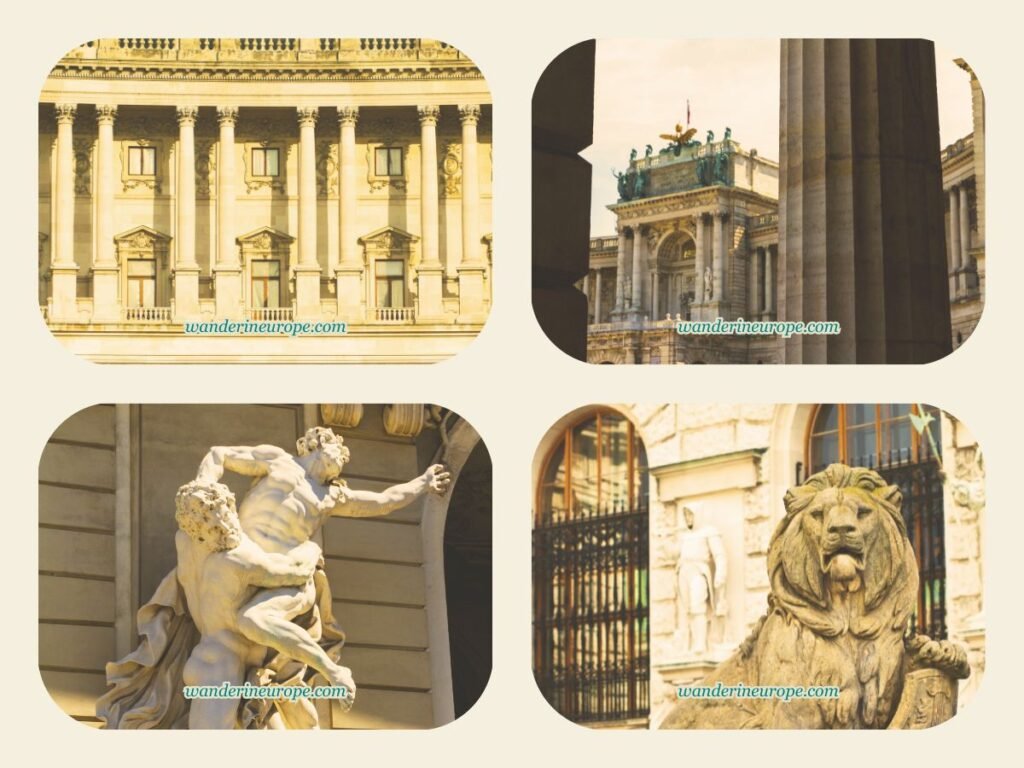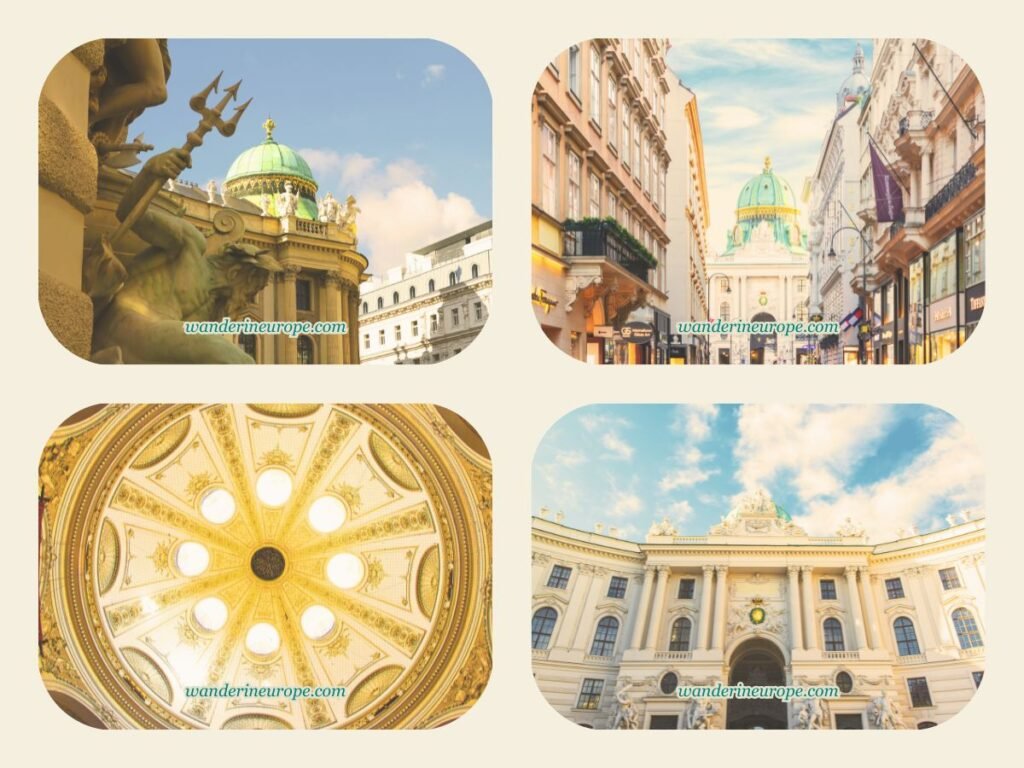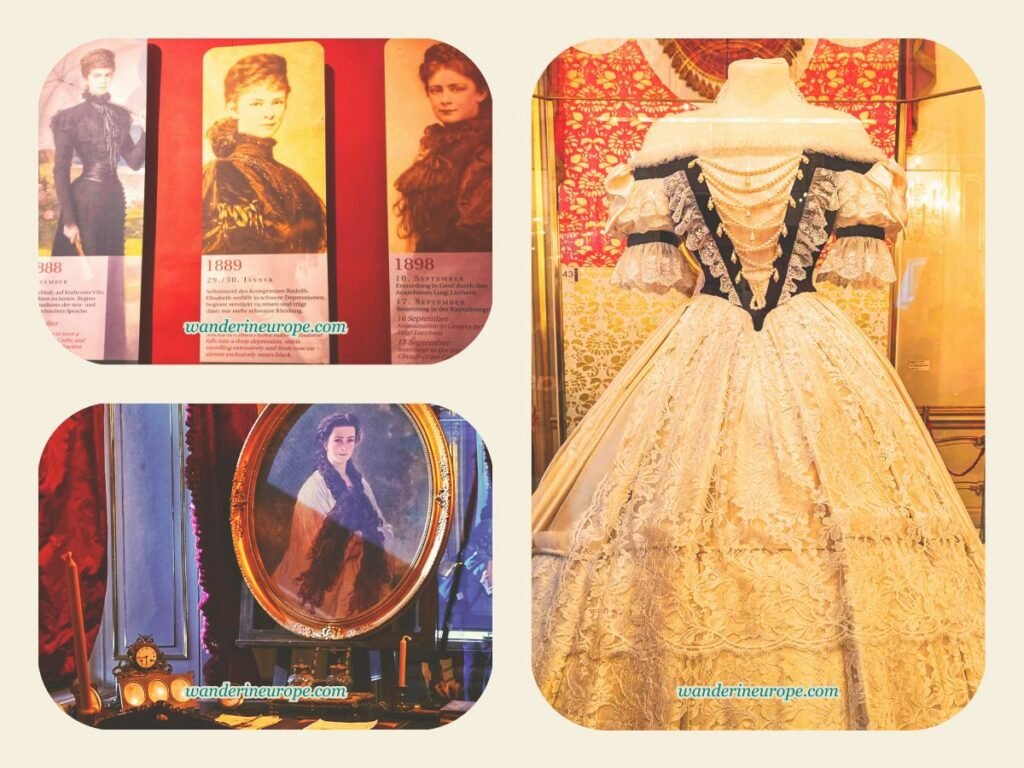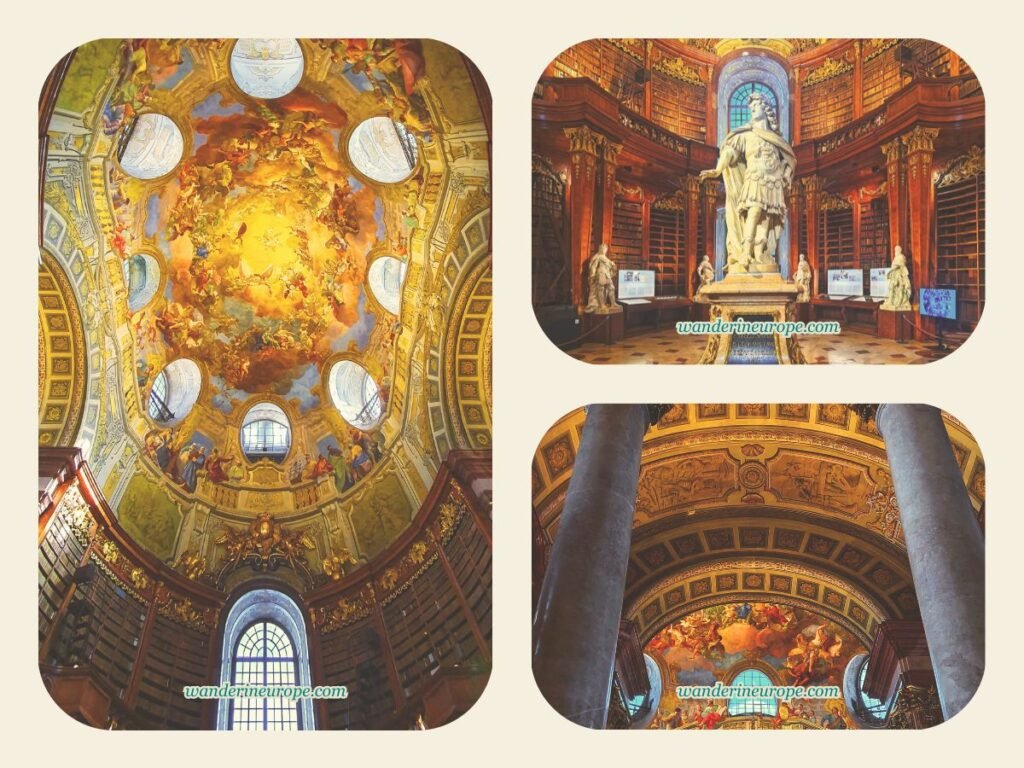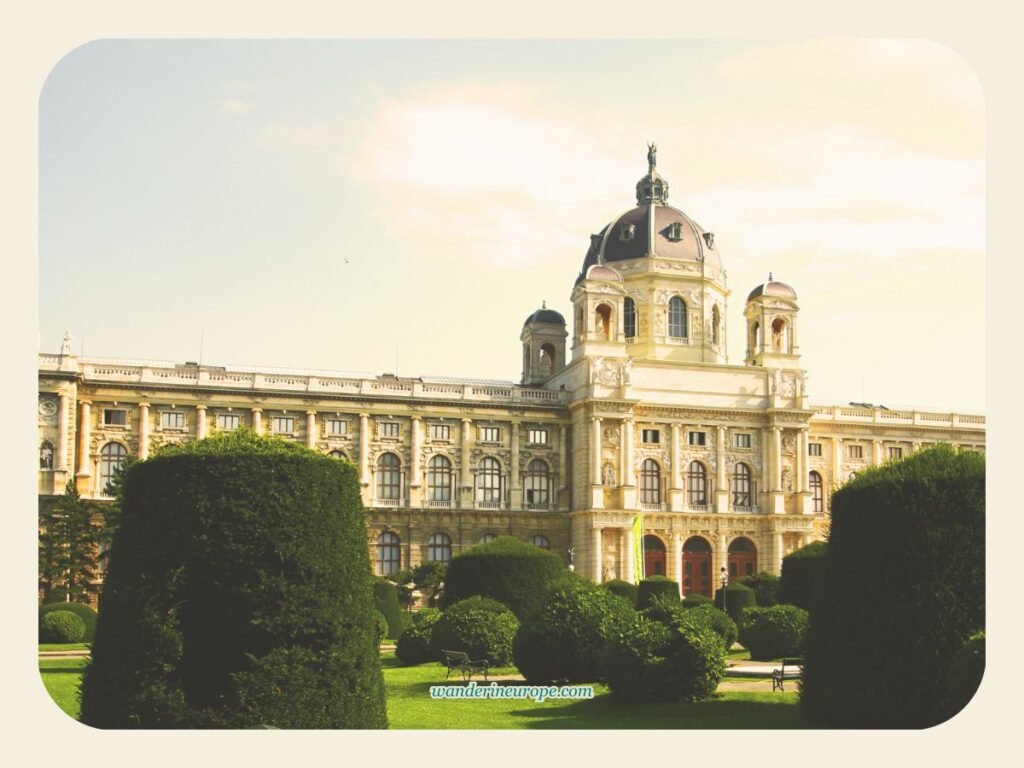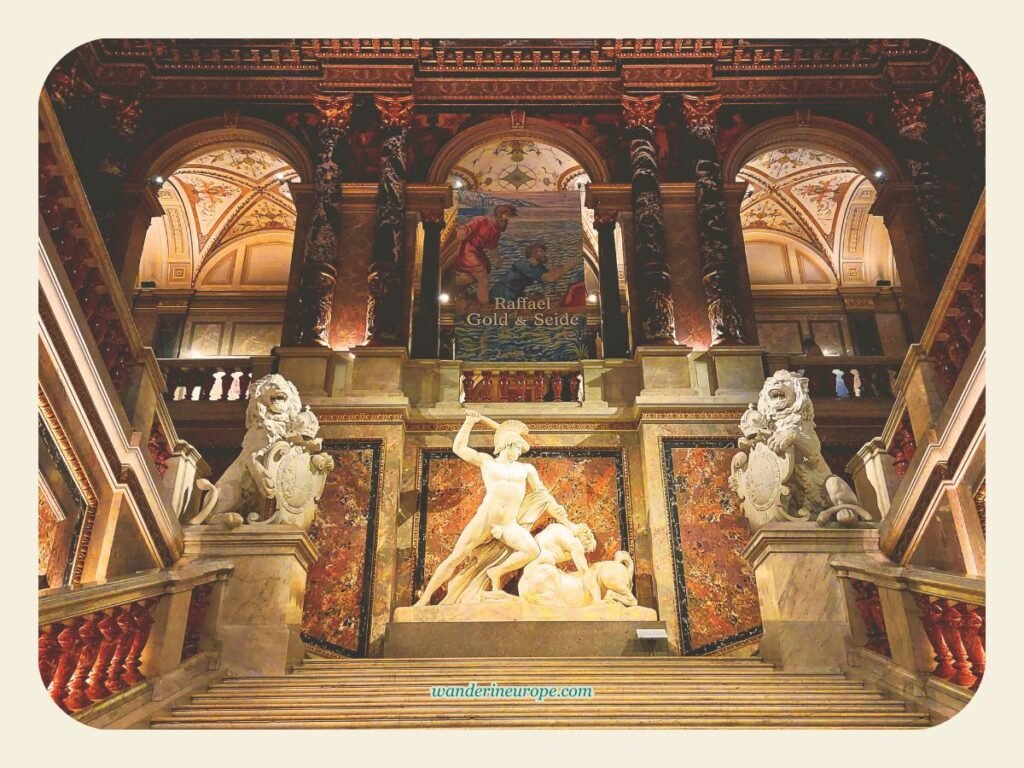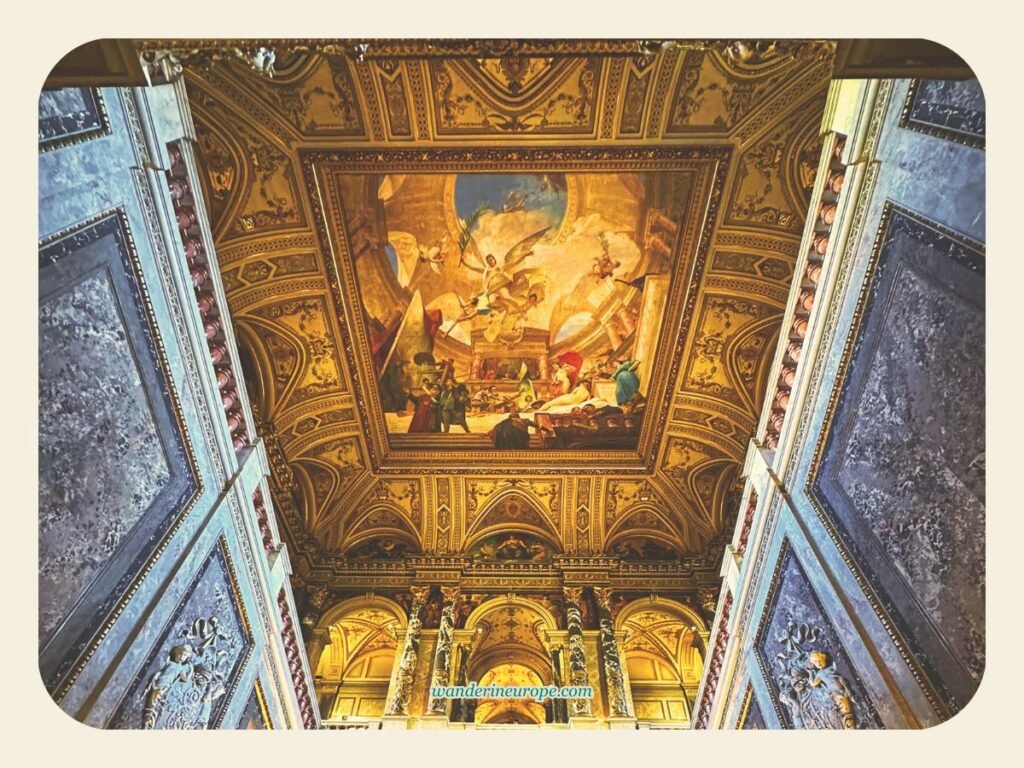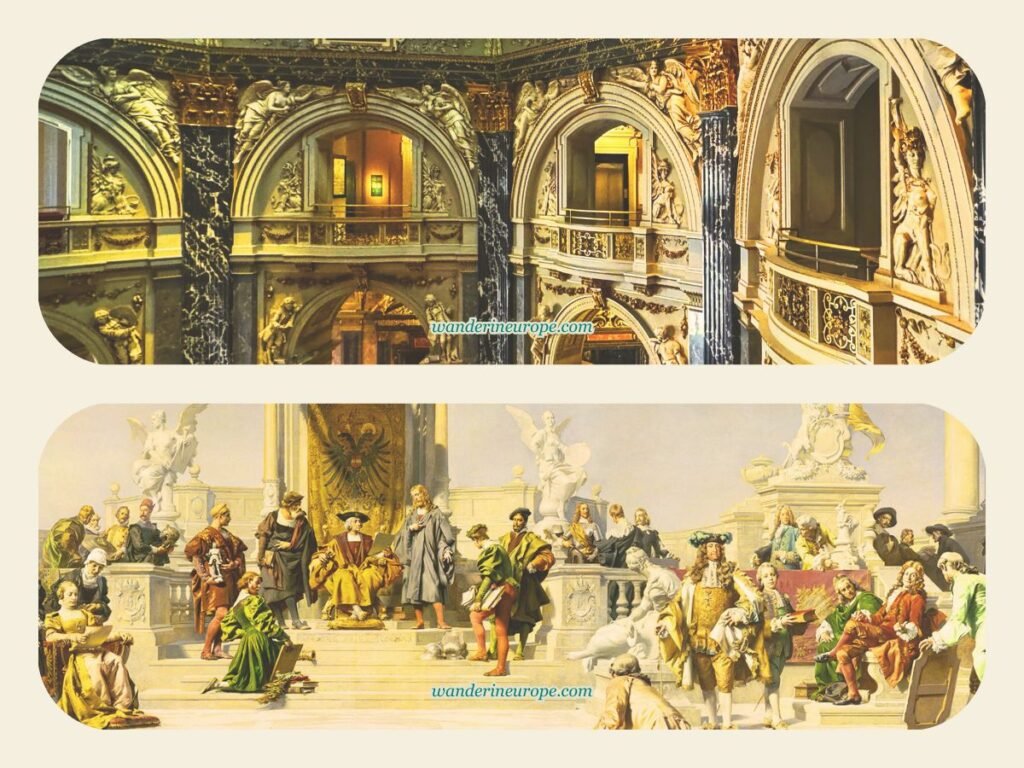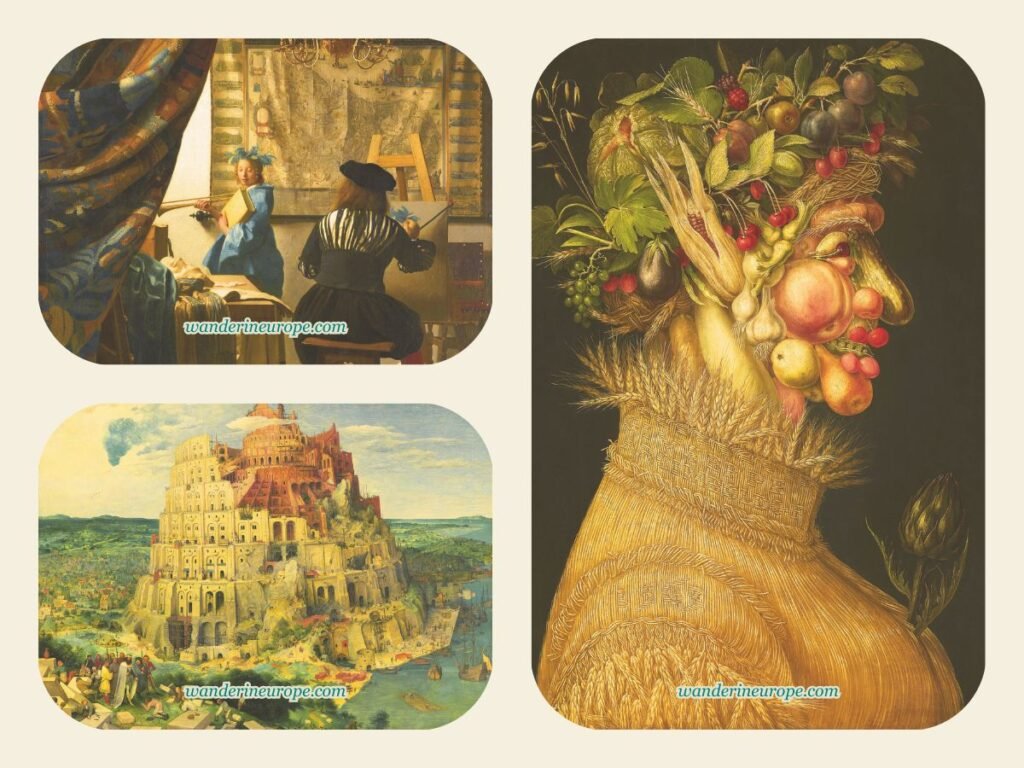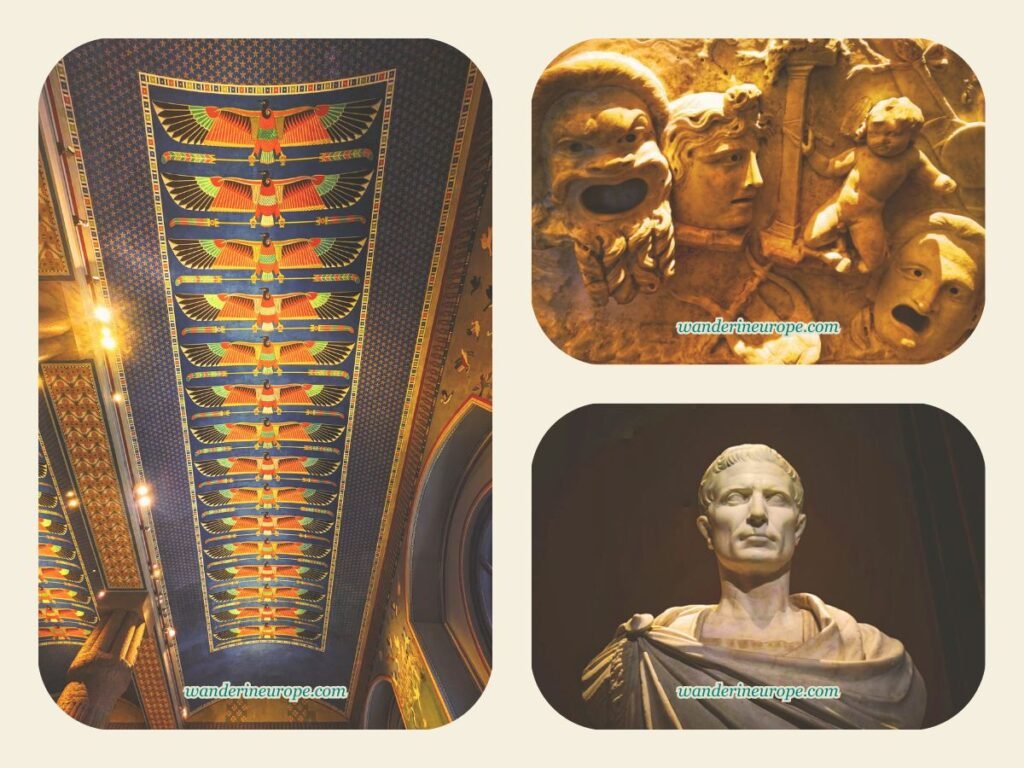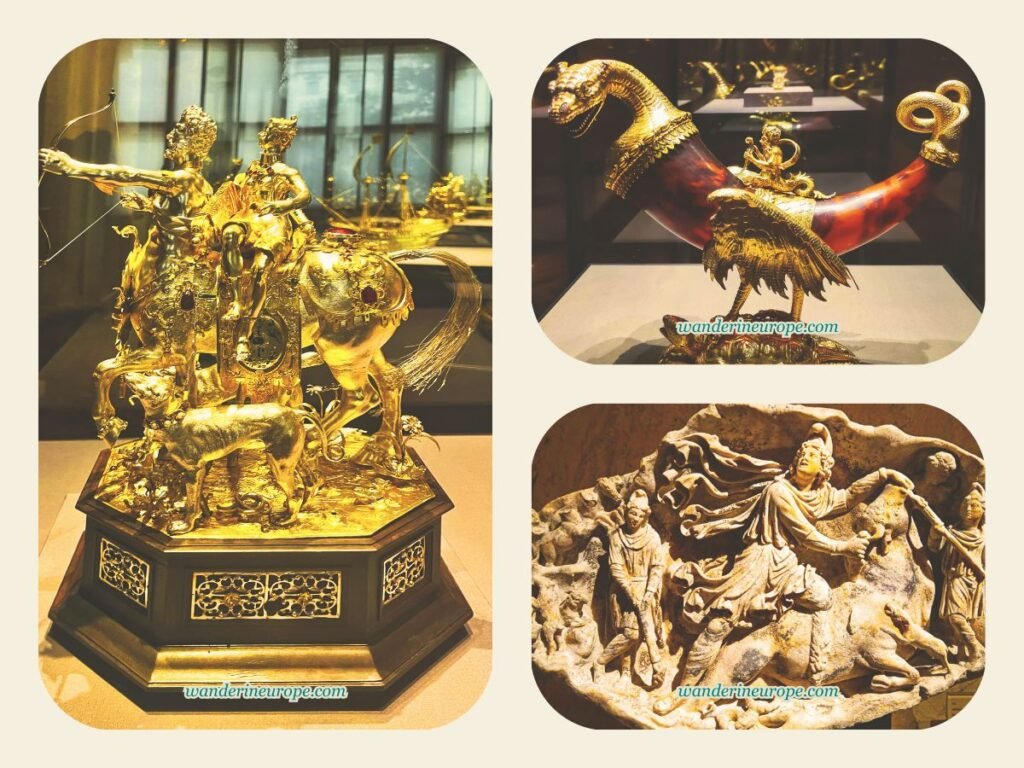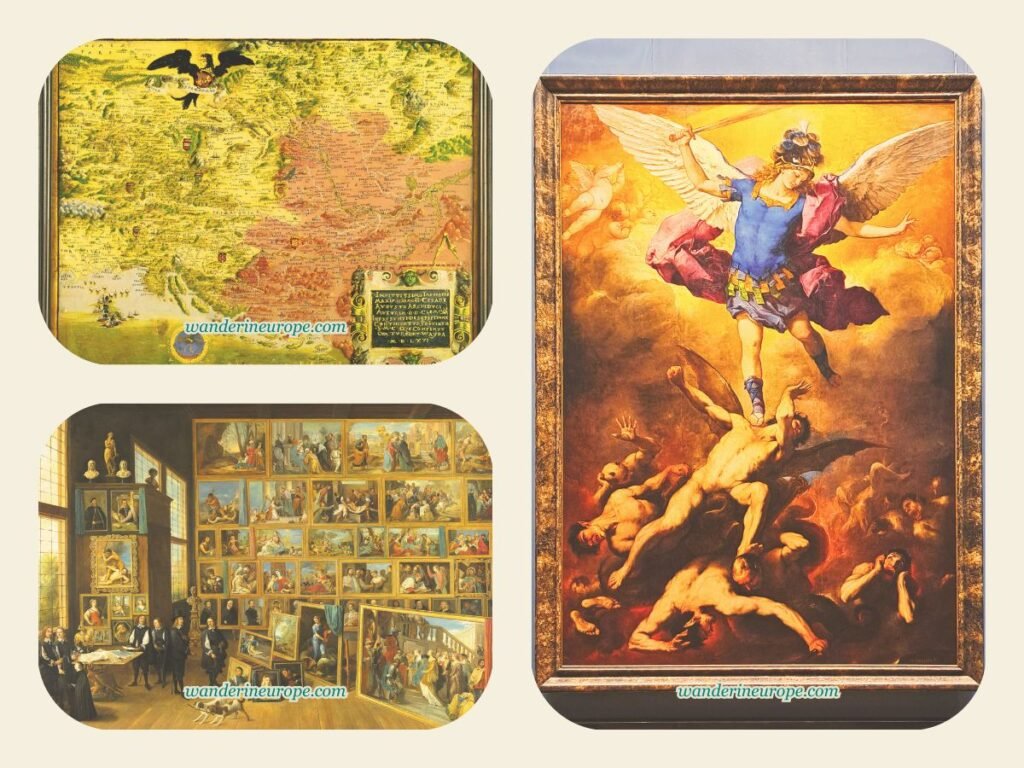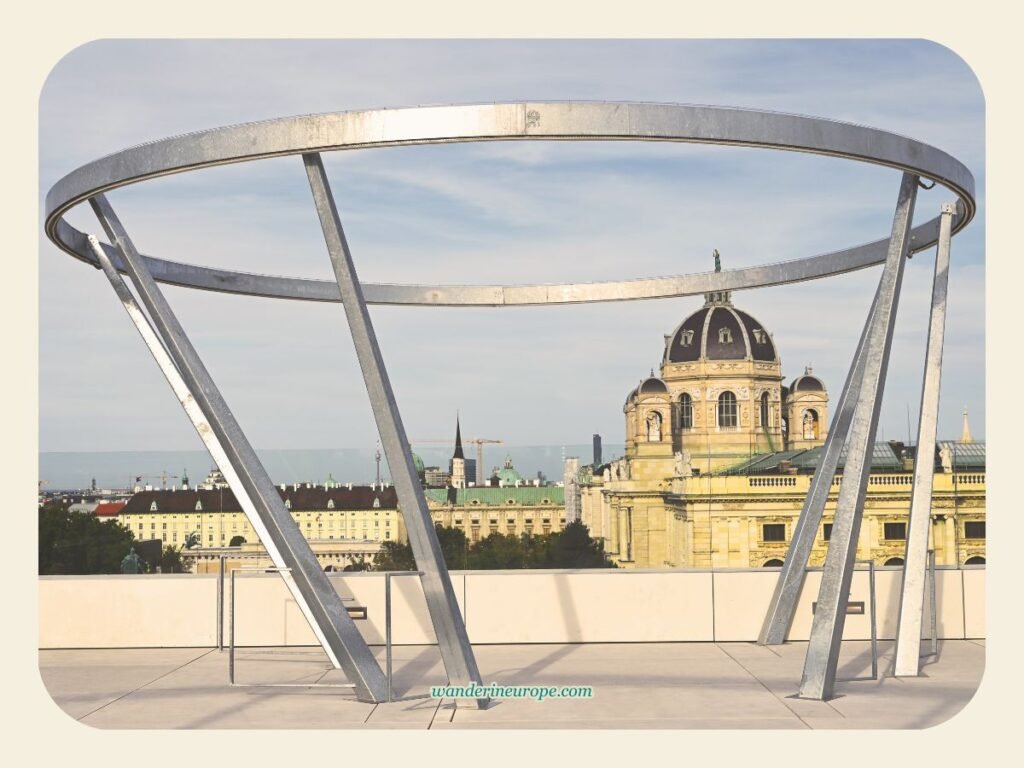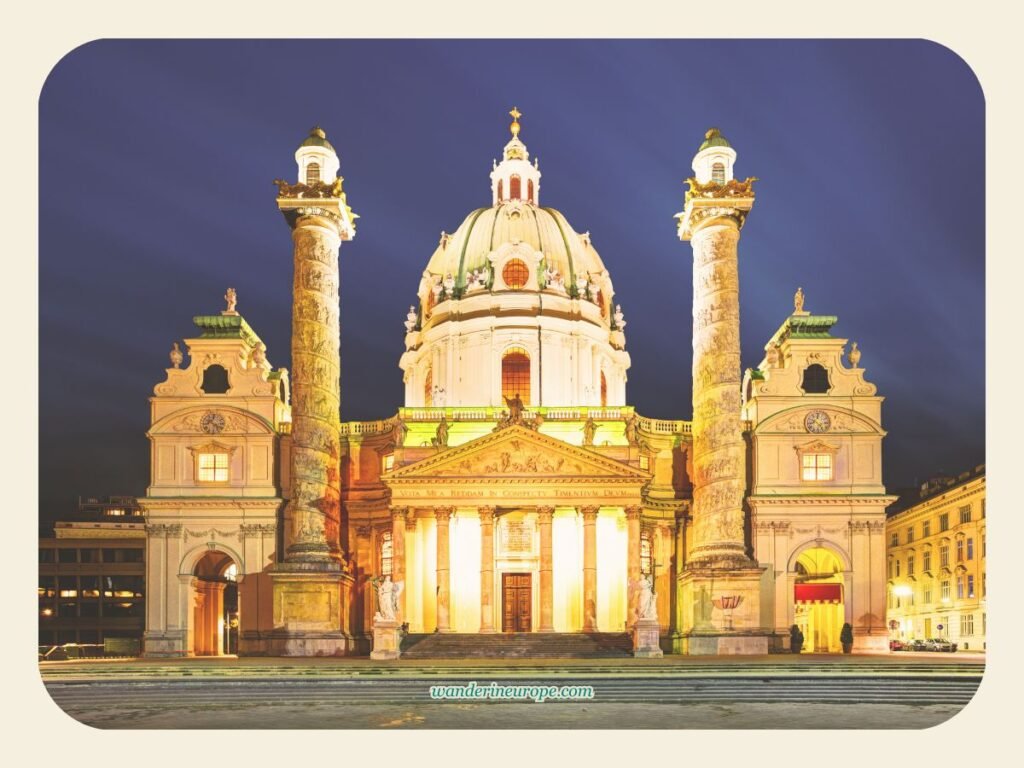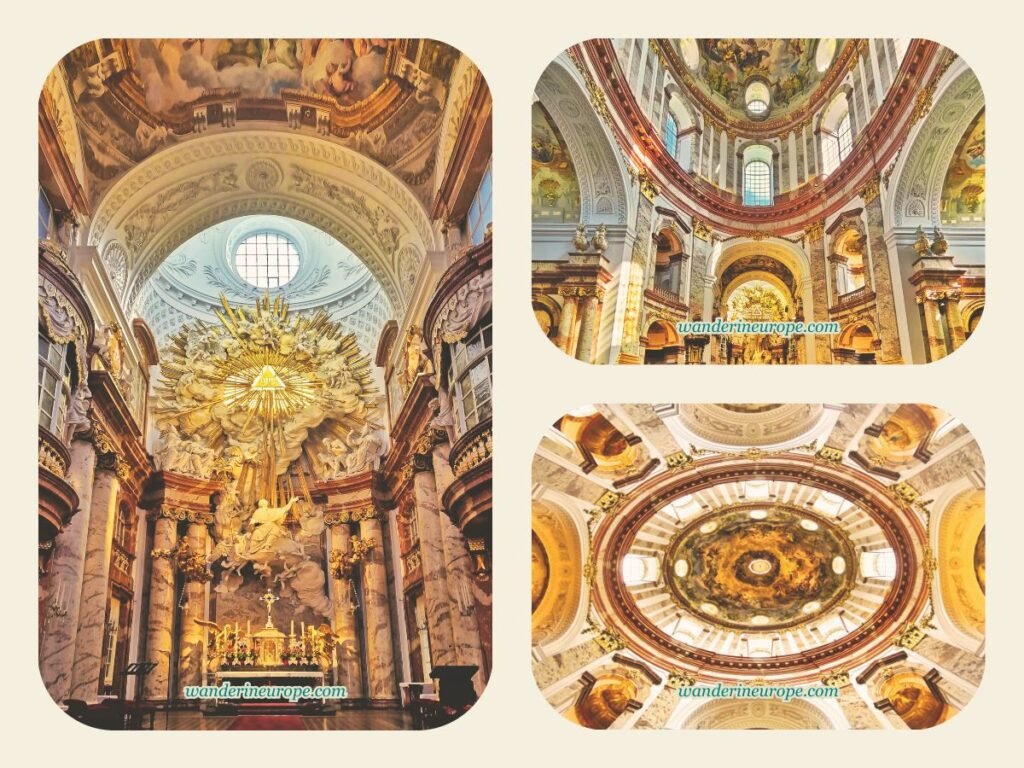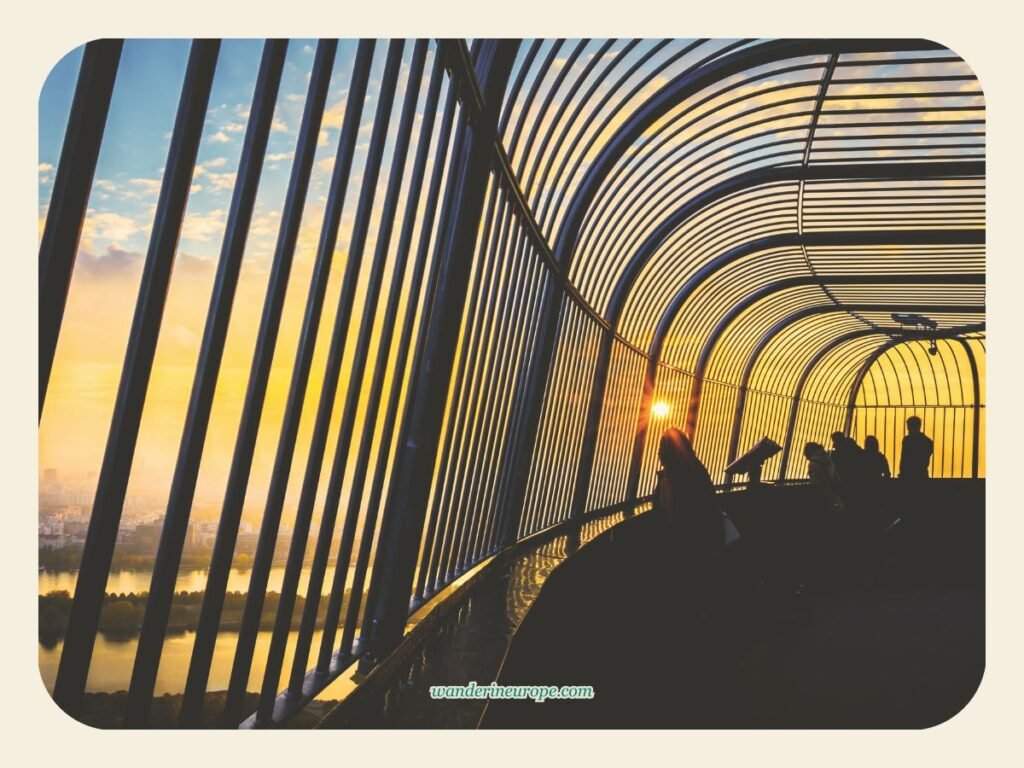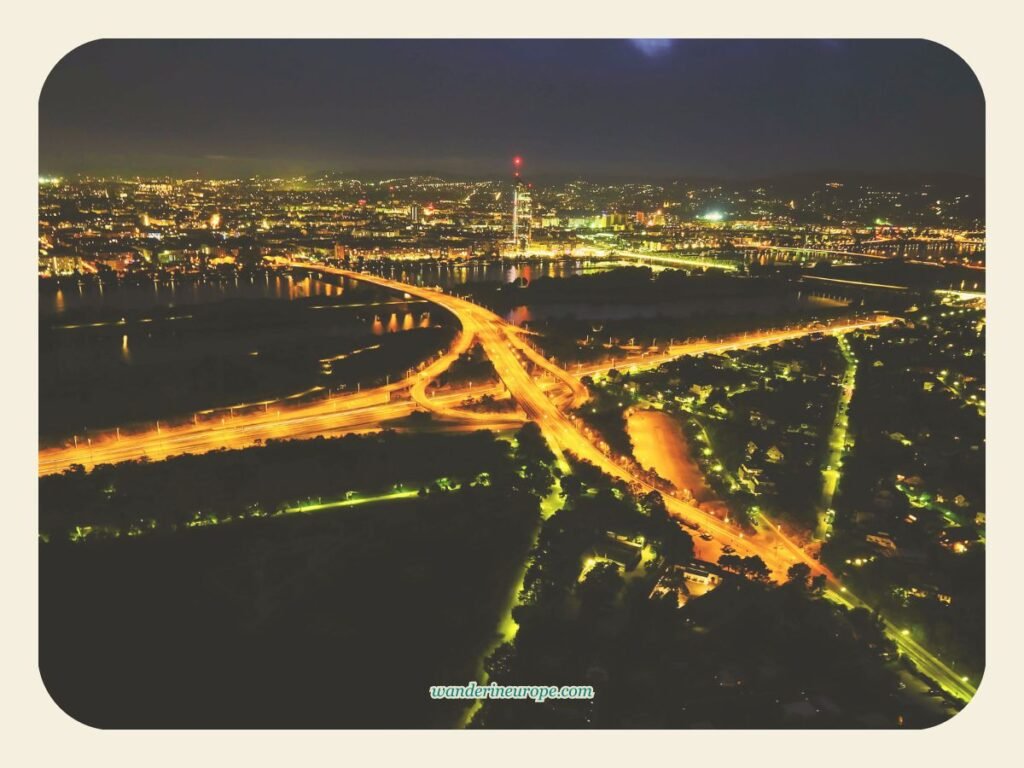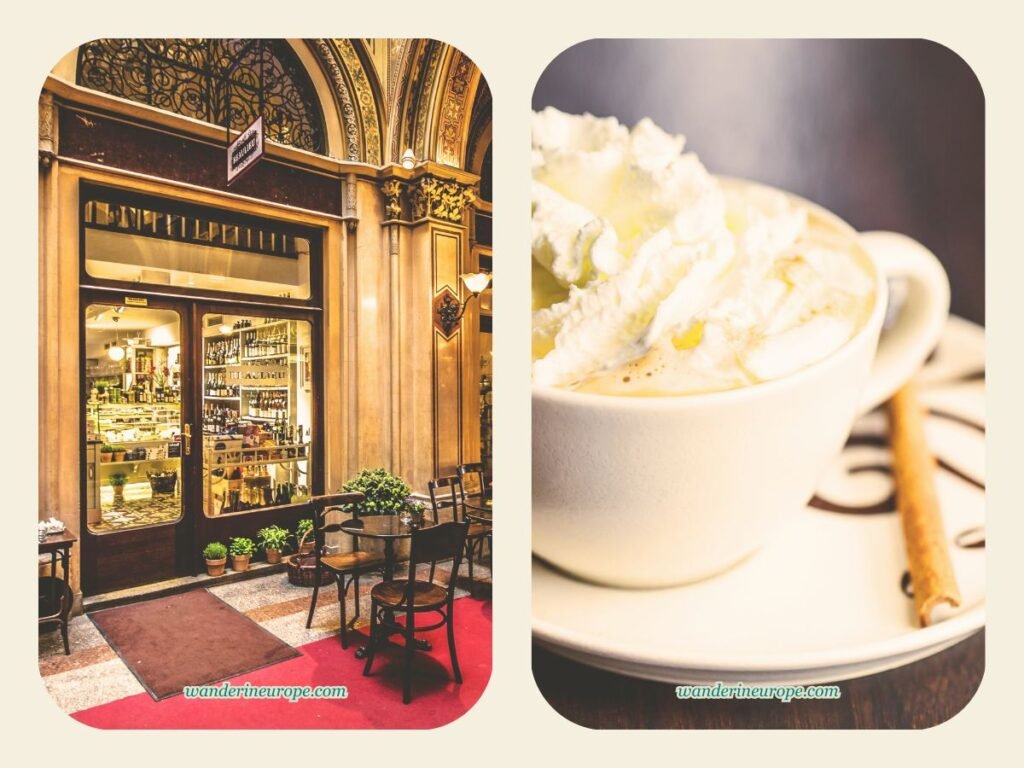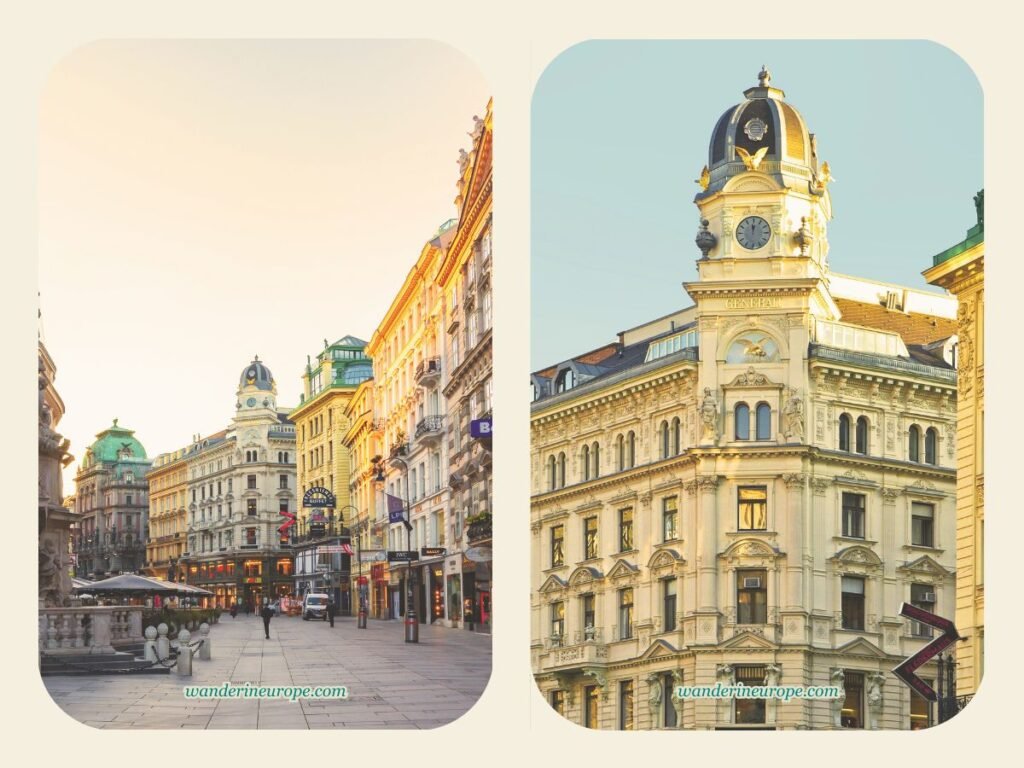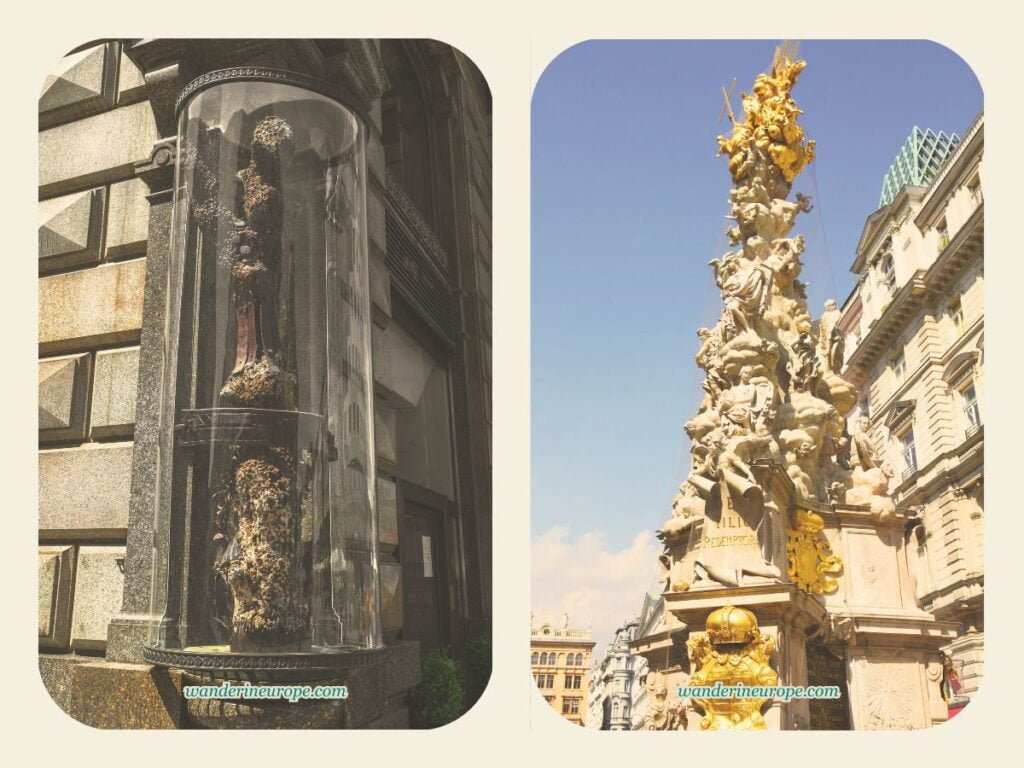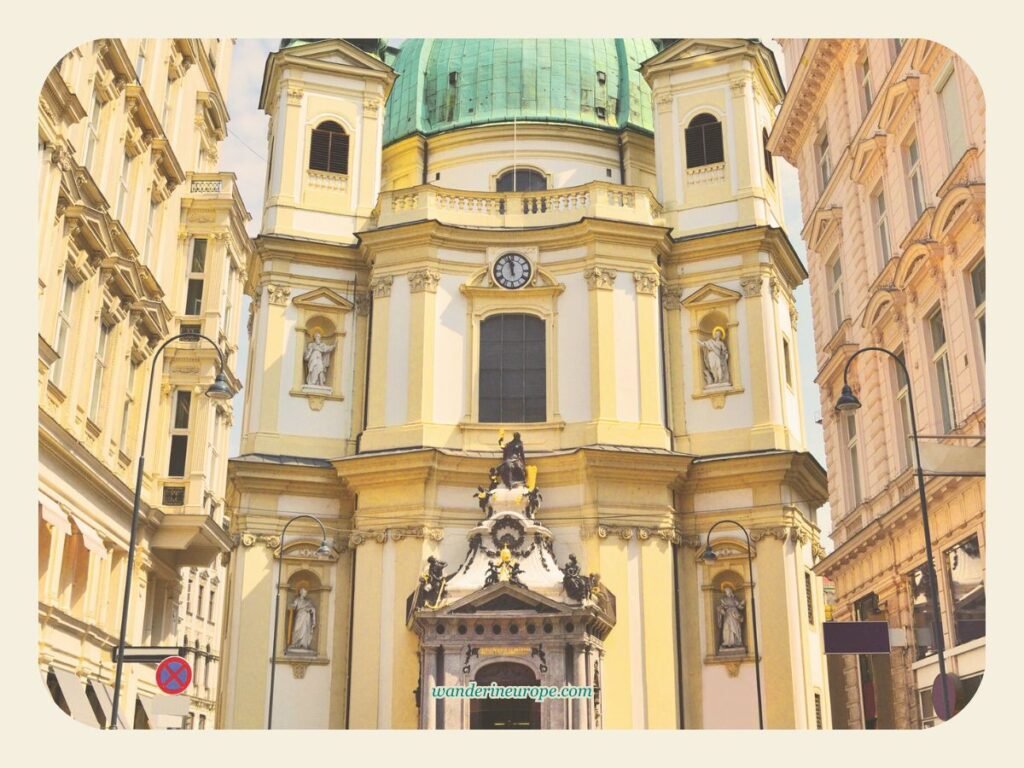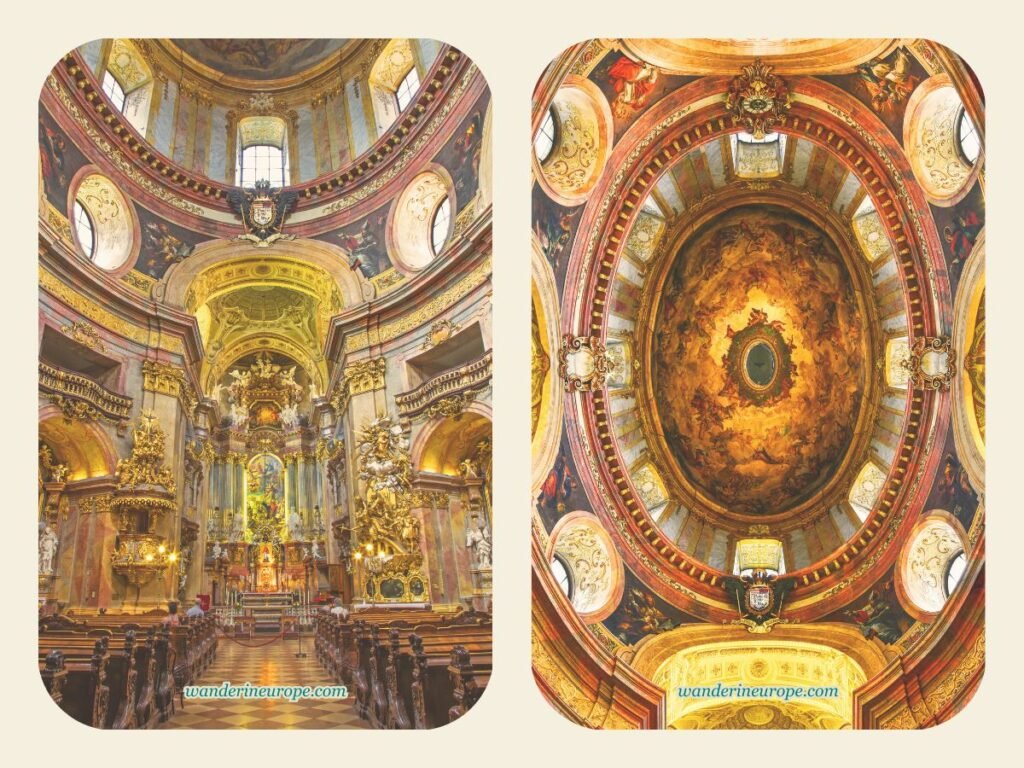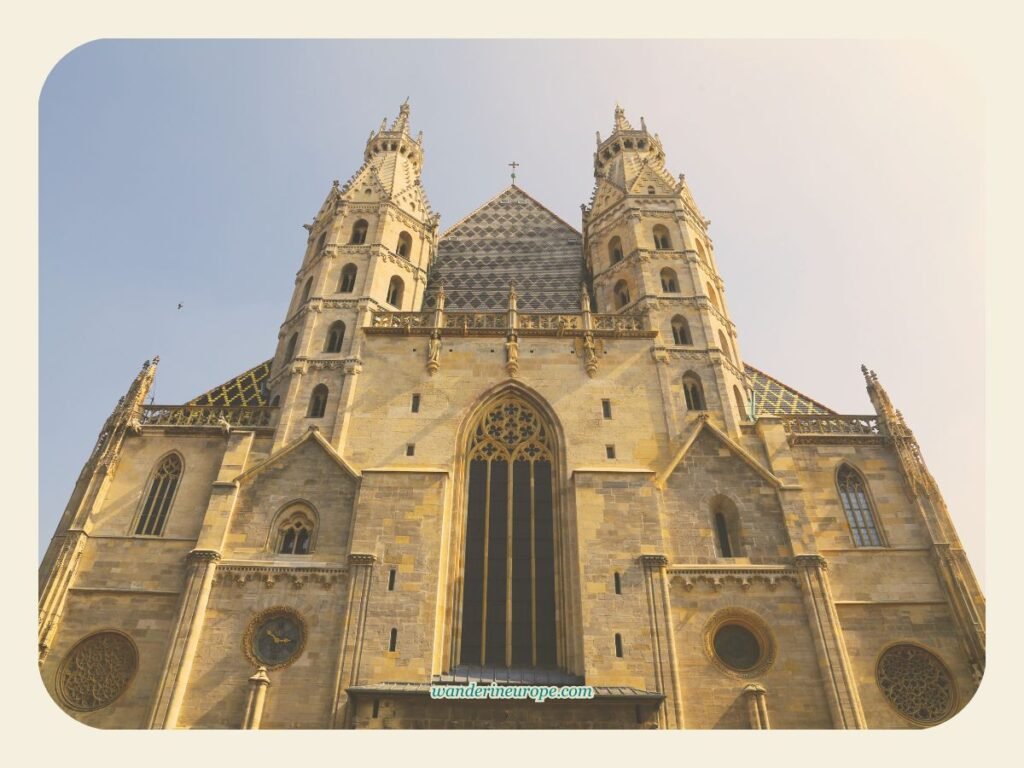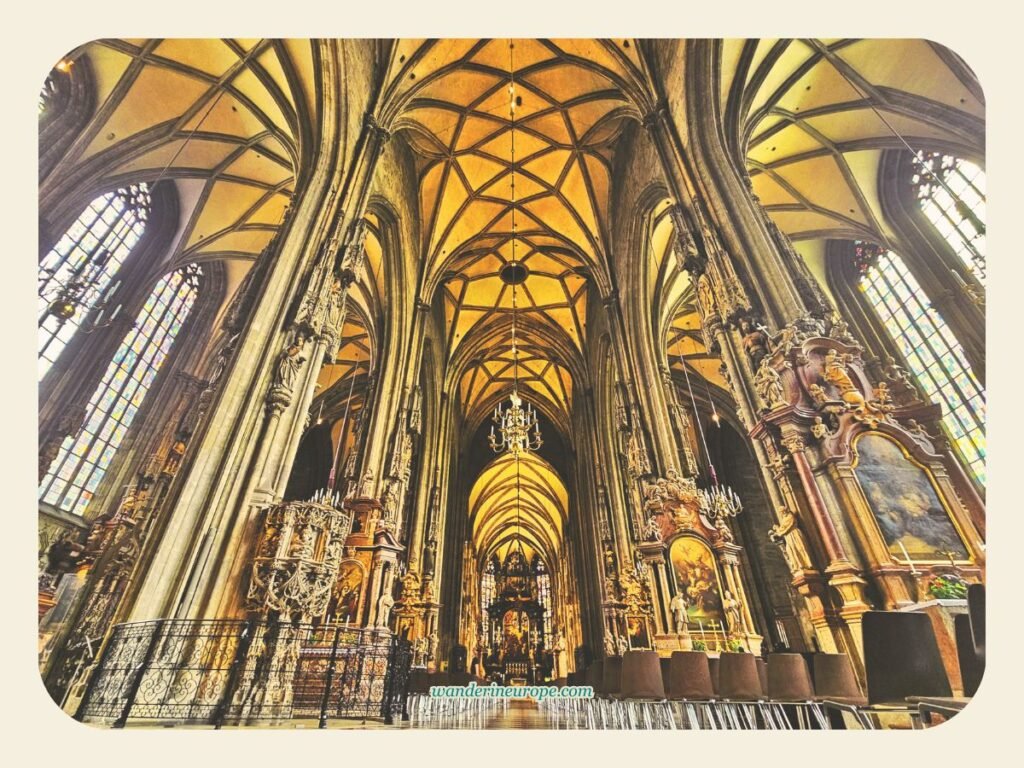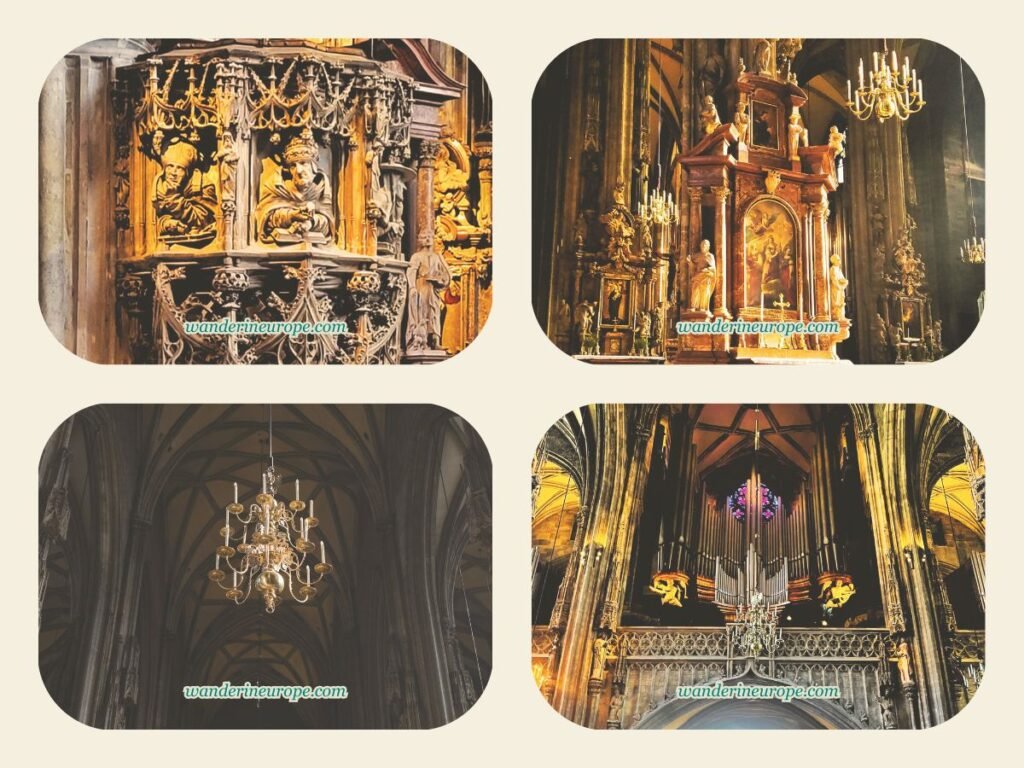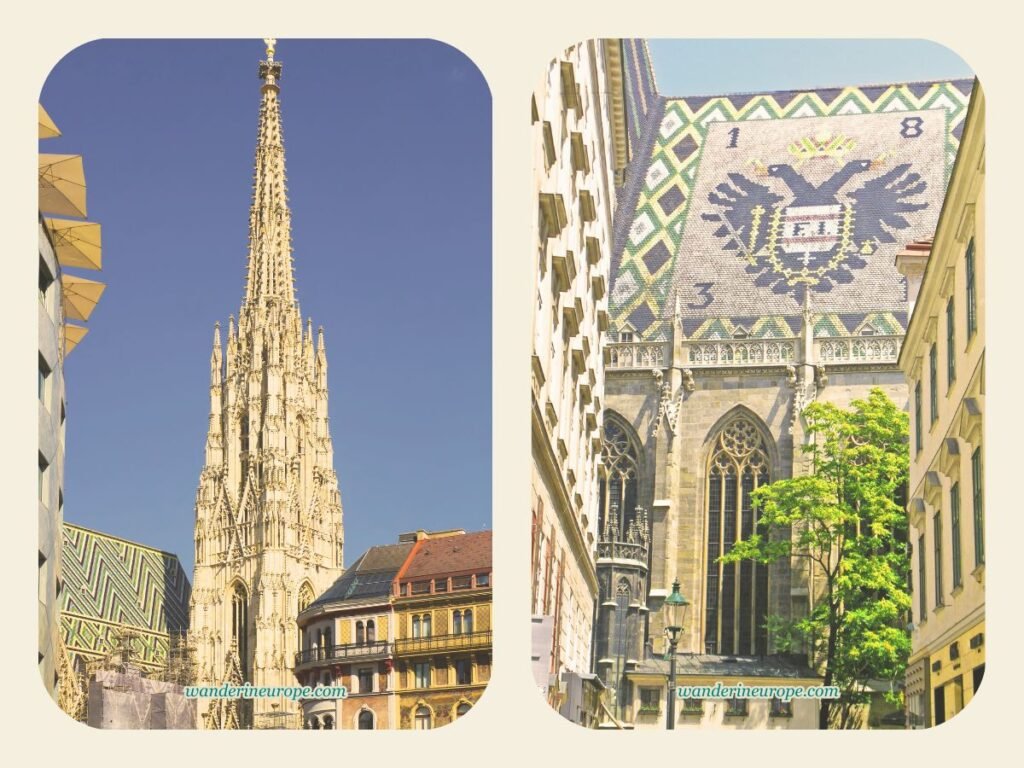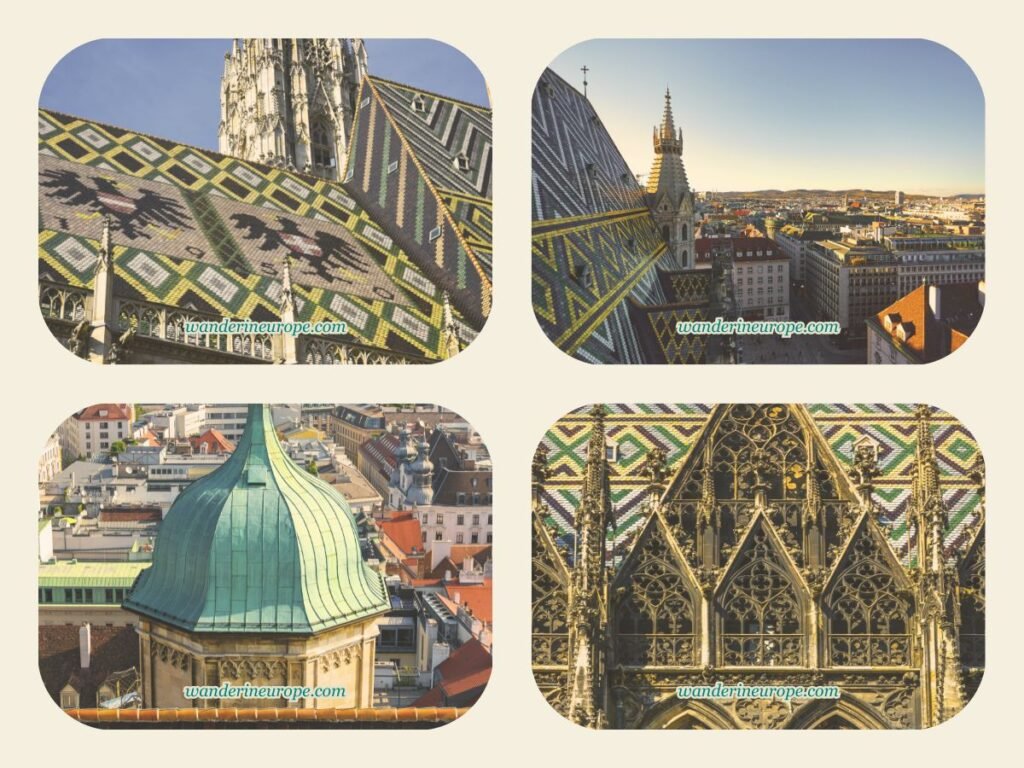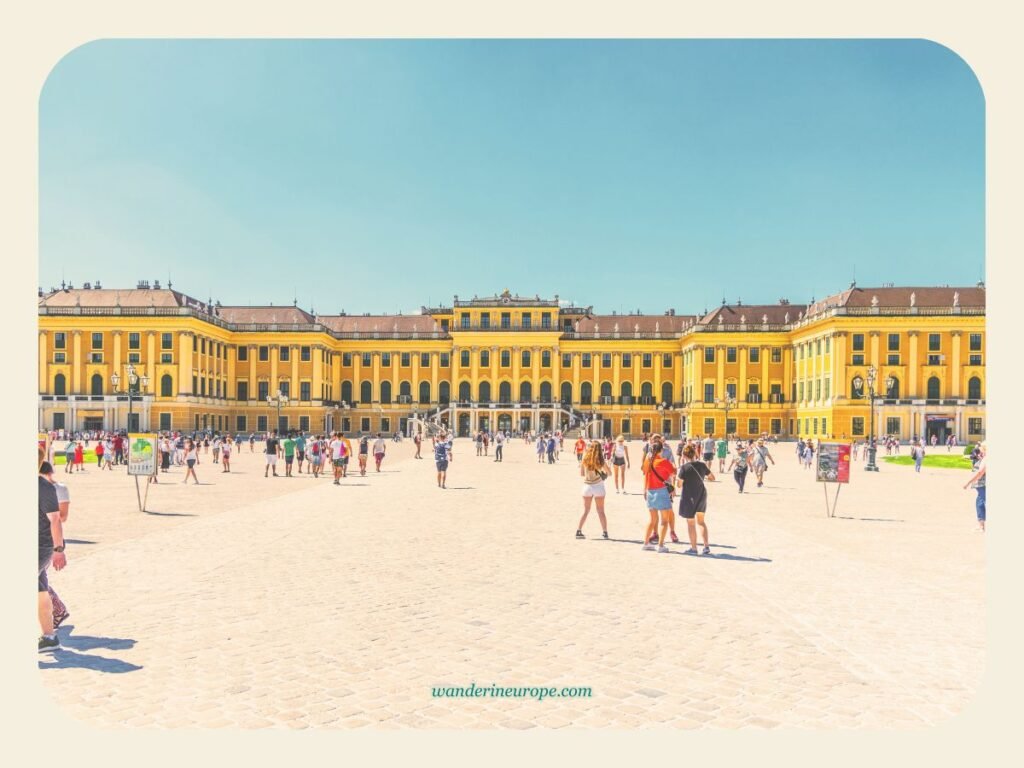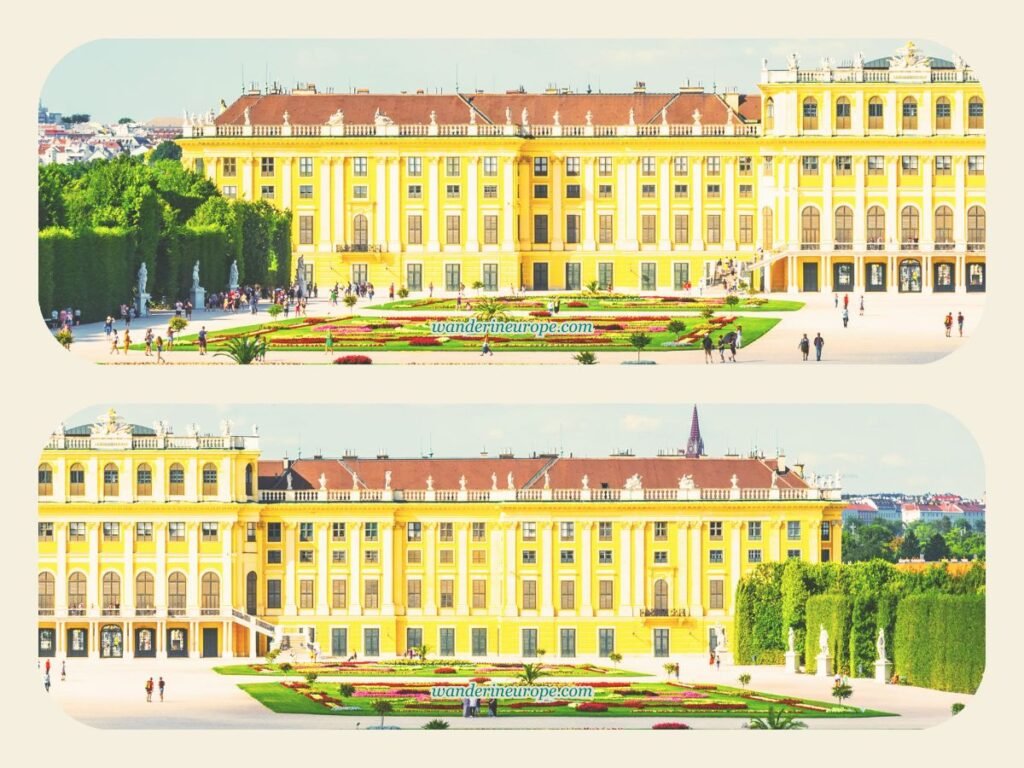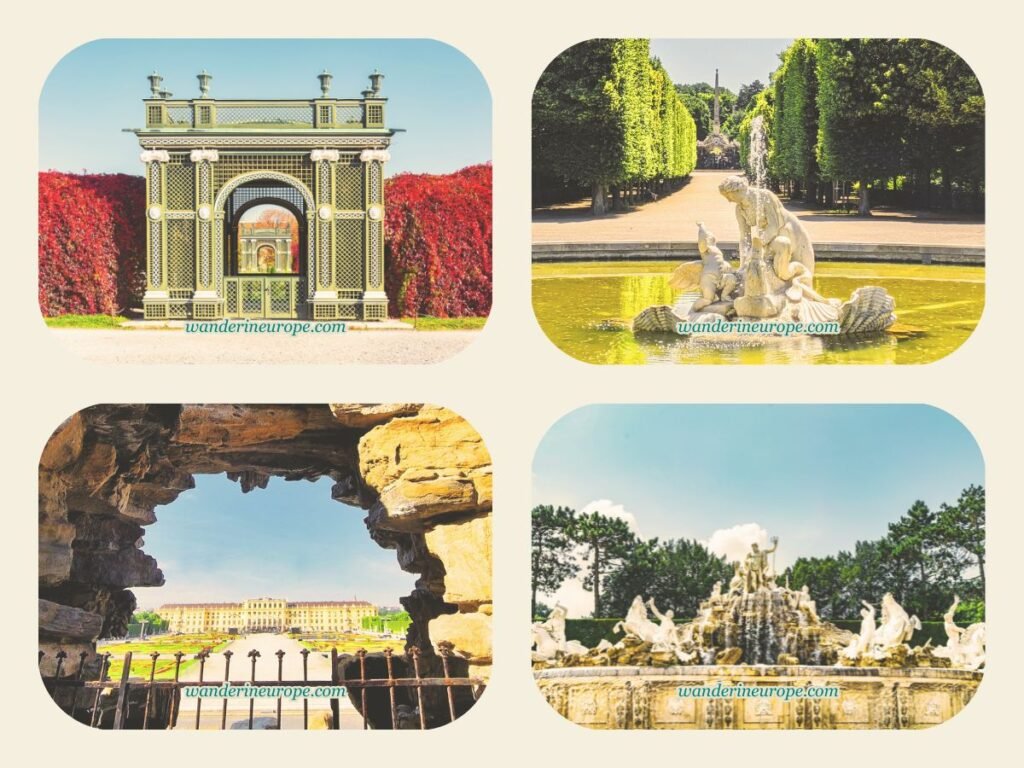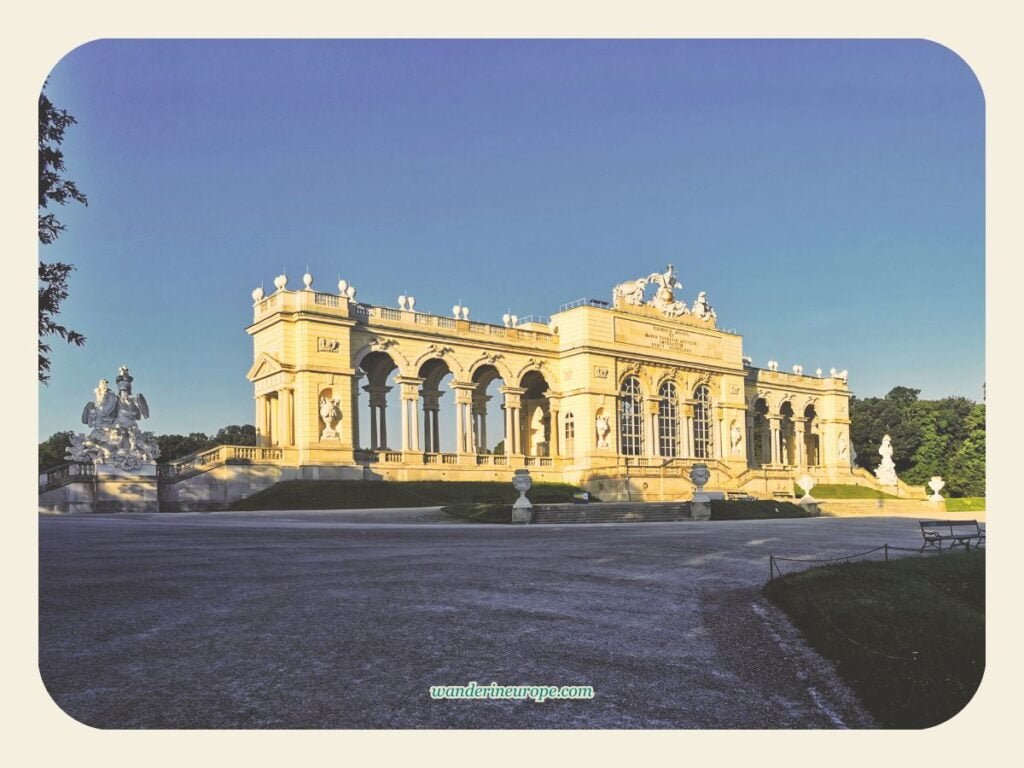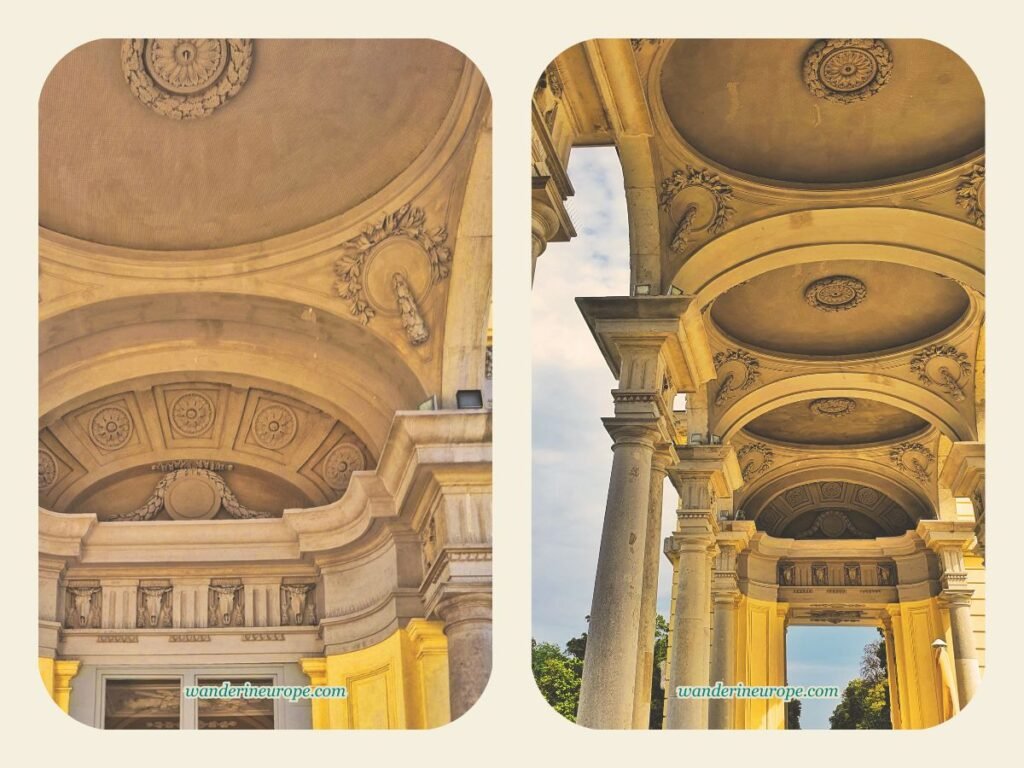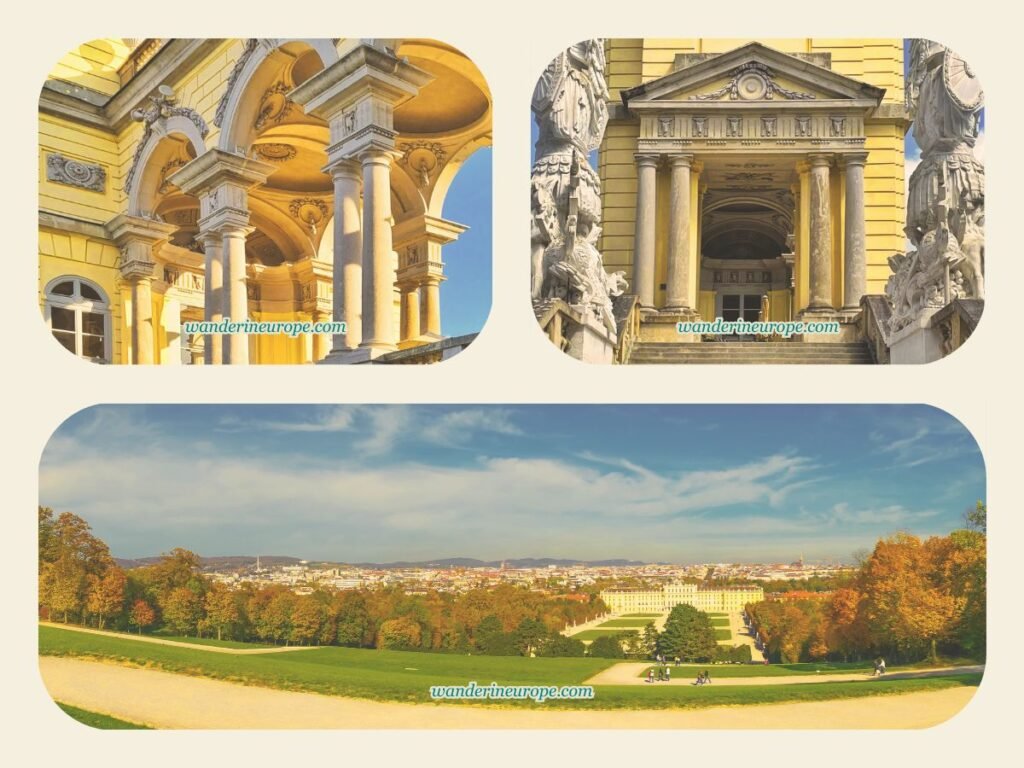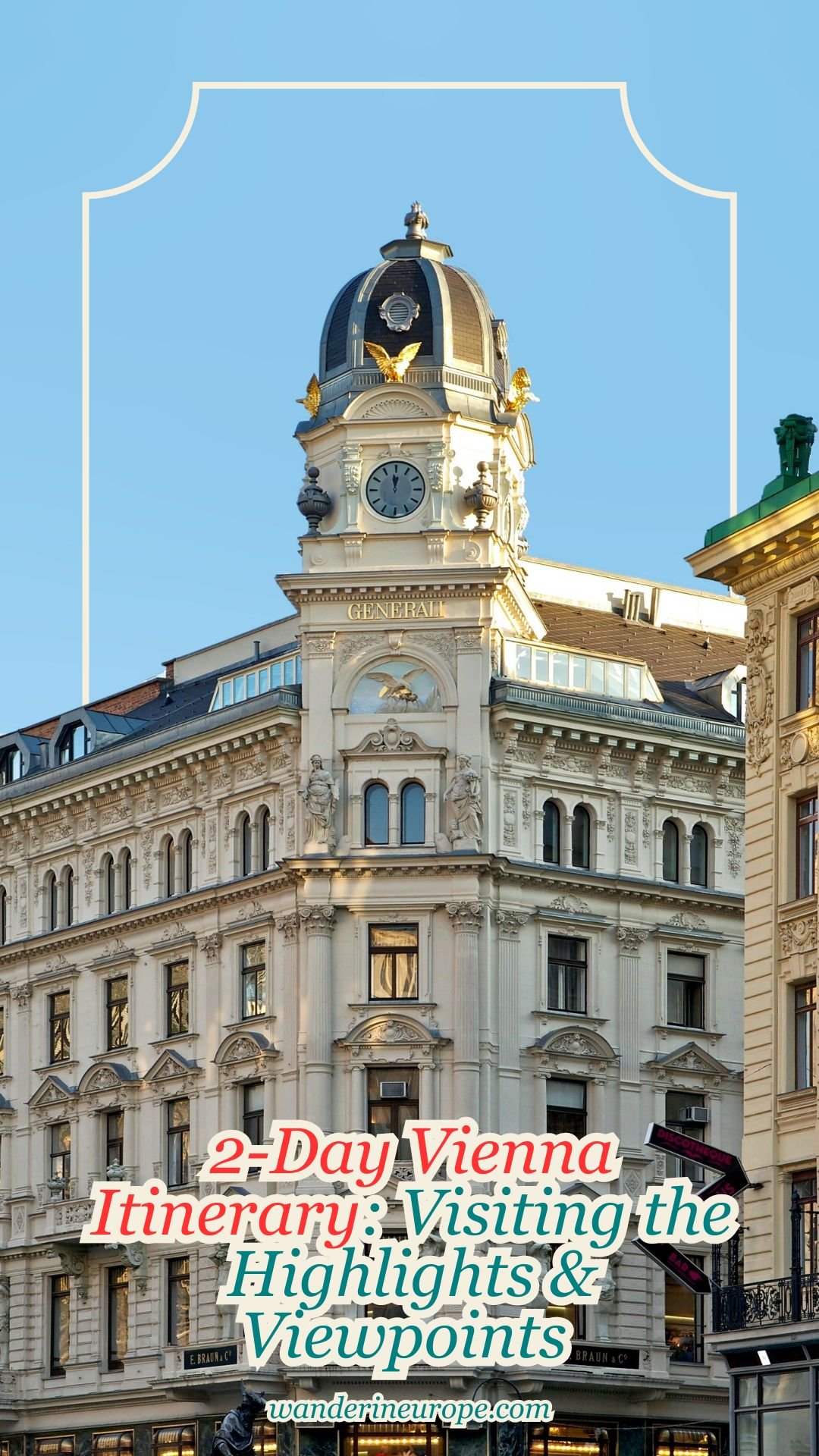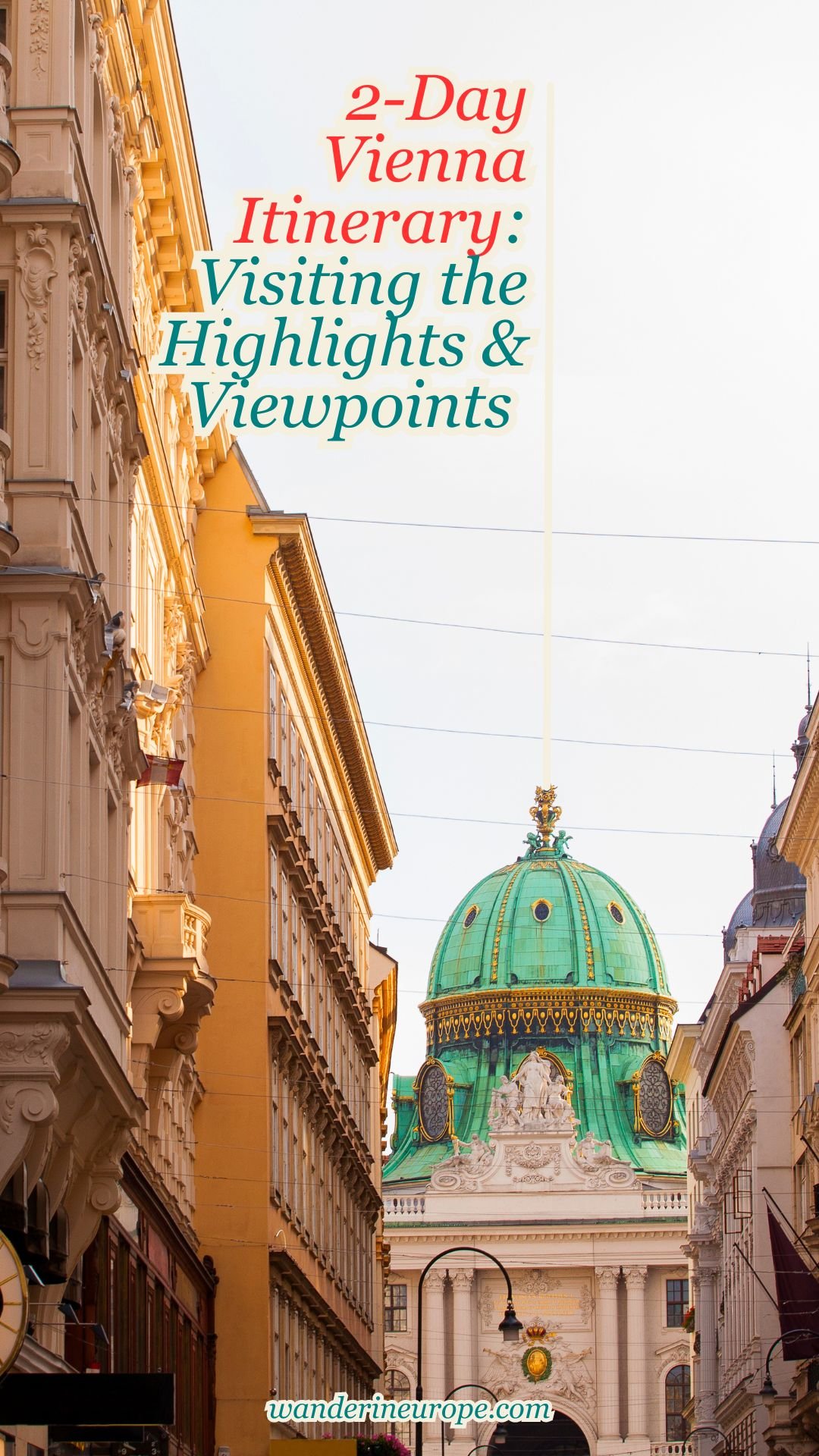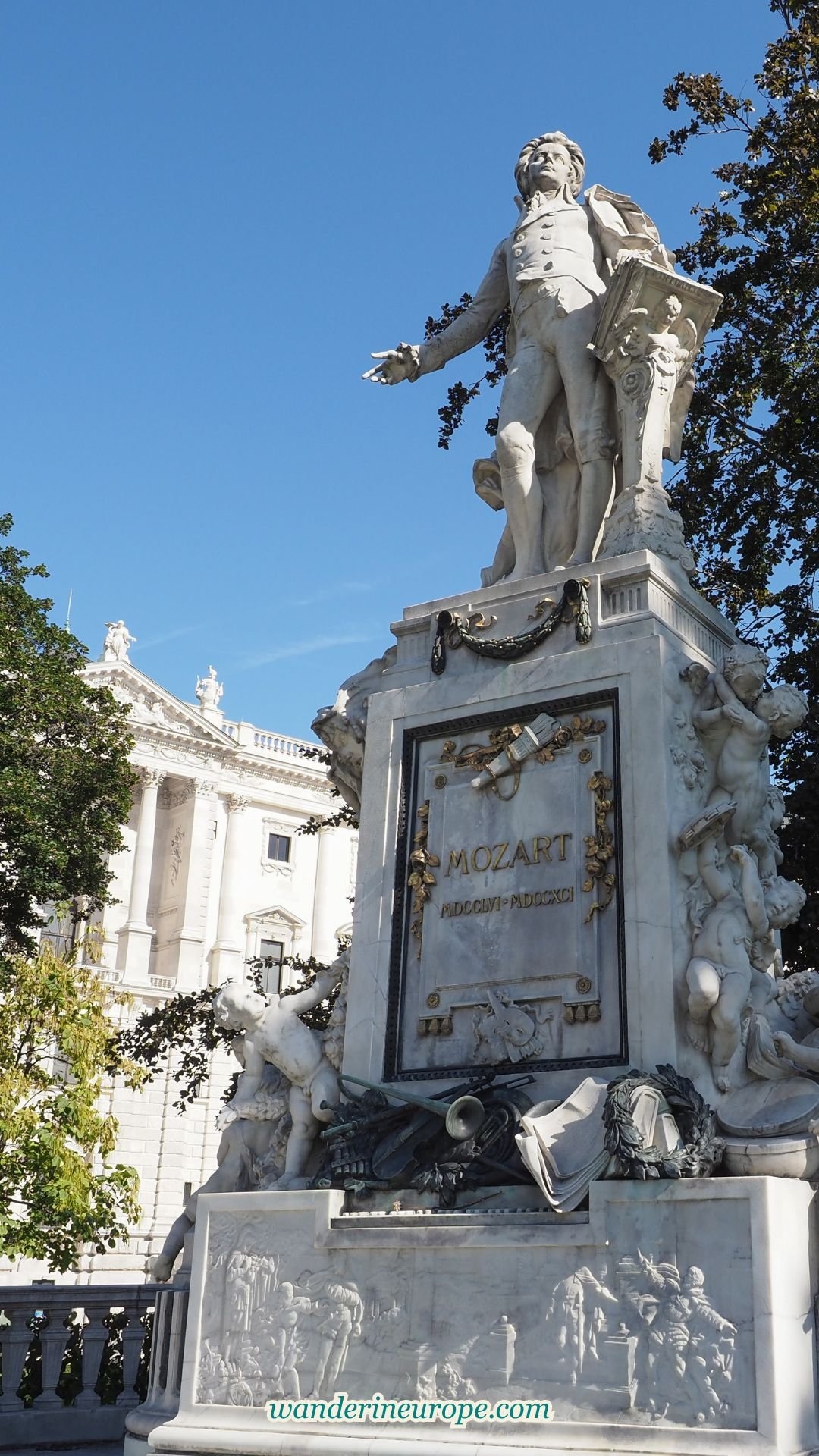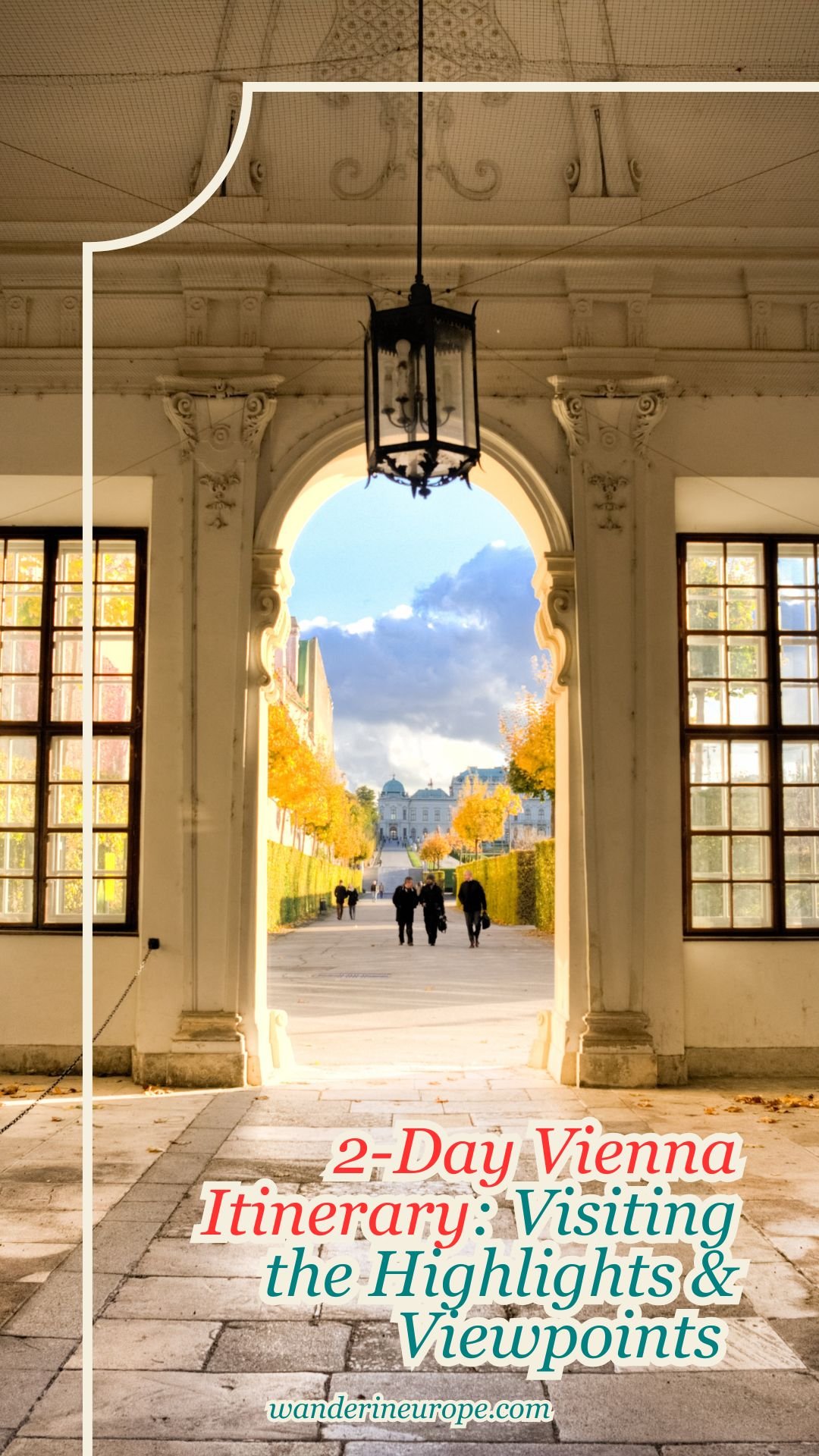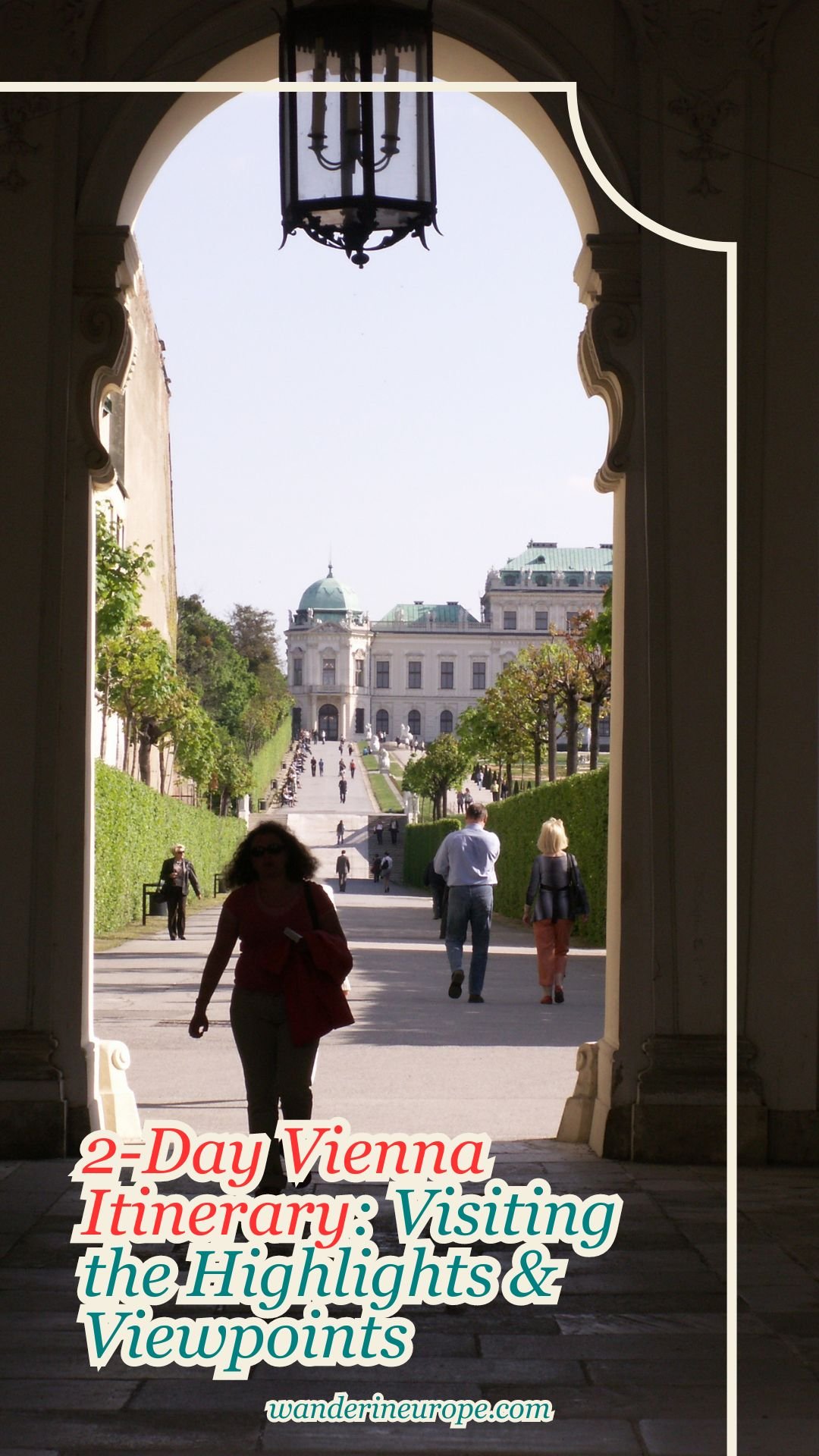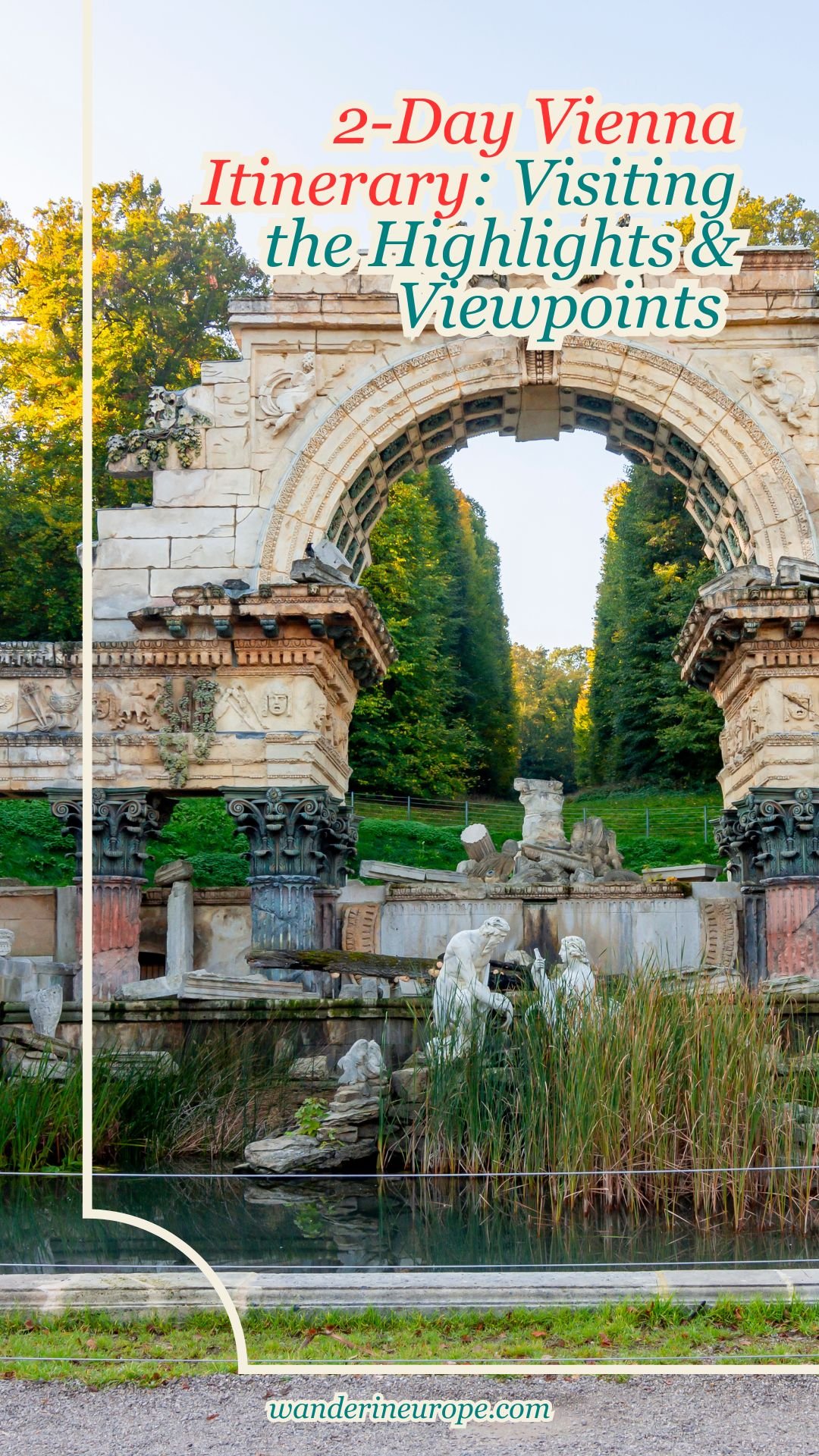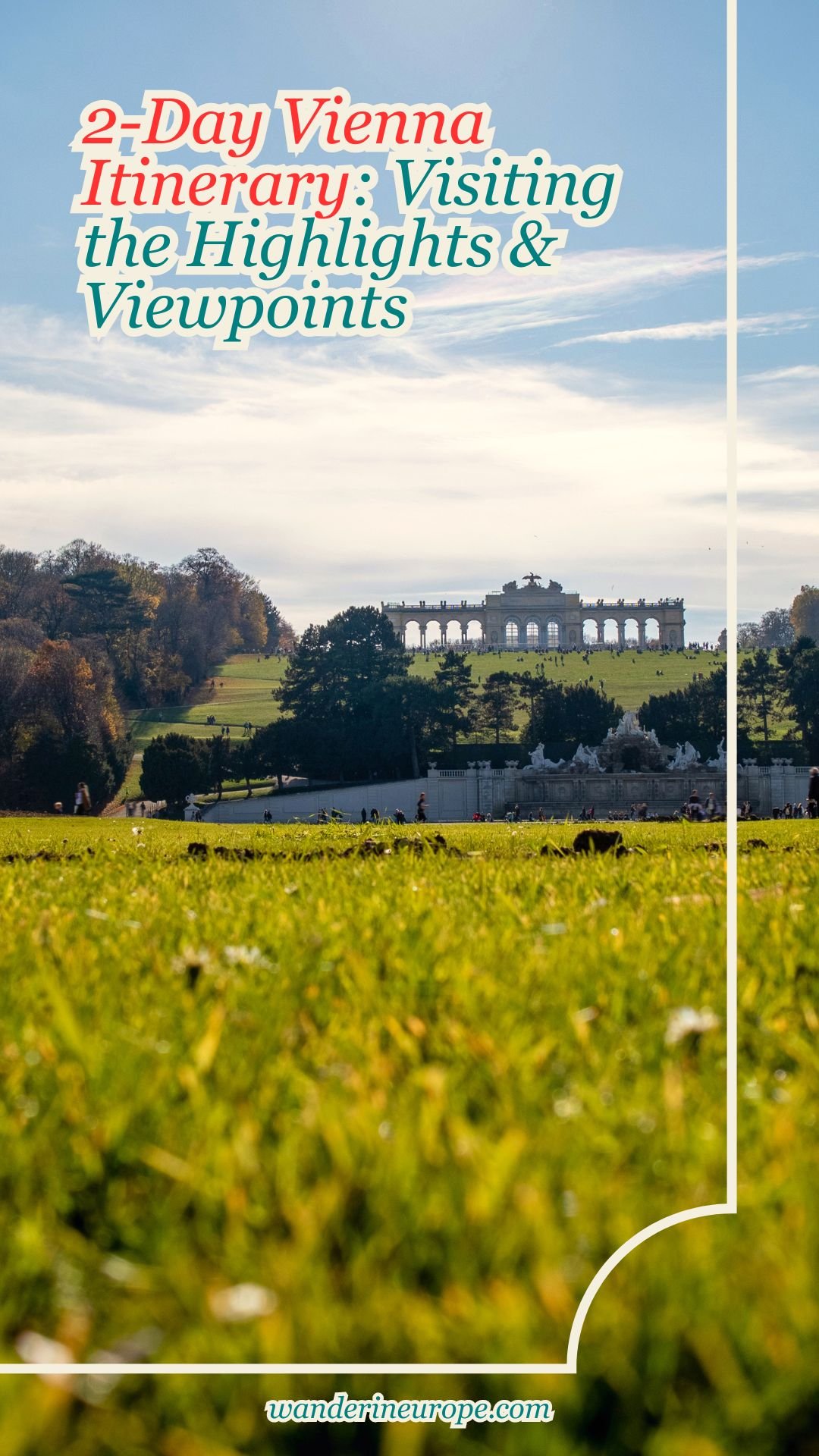2-Day Vienna Itinerary: Visiting the Highlights & Viewpoints
WanderInEurope is reader-supported. Affiliate links and ads help us keep creating useful content for you.
Trip Summary
On this 2-day Vienna itinerary, we aim to visit those viewpoints along with the most iconic places in the city. And the best part? I’ve crafted this itinerary to guide you through some of Vienna’s architectural marvels, which are home to breathtaking artworks.
If you’re a wanderer too, I bet you’ll like this trip for sure! Not a wanderer? Don’t worry! The special experiences in Vienna — that once-in-a-lifetime classical concert and the famous coffee house culture — are, of course, included, too! We can’t just overlook them. They’re a must, especially if you’re staying in the city for more than a day.
Note: Keep in mind that Vienna’s museums are typically closed on Mondays. Should you choose to visit on this day, be aware that certain parts of this itinerary may not be accessible. However, there’s no need to worry—if you’re looking for more ways to fill your two days in Vienna, I’ve got plenty of extra recommendations right after the itinerary. You’ll find all the necessary links for further planning at the conclusion of this article.
Glance through this: Vienna Activities for $100 or Less (opens in a new tab)
From great hotel deals to skip-the-line tickets and affordable eSim to cheap rentals, click here for the best hotel deals and more travel discounts.
Day 1 — Ringstrasse & the Attractions Outside the Old Town
For your first day in Vienna, you’ll be introduced to the city’s rich history, incredible artworks, beautiful architecture, and important personalities. Here’s a quick summary:
- First, you’ll be in for a beautiful first impression of Vienna, starting with the majestic Belvedere Palace.
- Then, dive into the Habsburgs’ rich legacy at the Imperial Palace, a beautiful cultural hub.
- Next, discover Vienna’s historical treasures and its most celebrated art pieces at the Kunsthistorisches Museum.
- Cap off the day with a breathtaking sunset at MQ Libelle or the Danube Tower.
- And if the weather doesn’t cooperate, no problem! We’ll wrap up with an extraordinary musical performance at Karlskirche!

Here’s a glimpse of what you’ll explore and experience on the first day of your two-day journey in Vienna. (Chronological Order)

Details
Day 2 — Within the Old Town & Schonbrunn Palace
For your second day in Vienna, you will uncover the imperial glory of the city by exploring the Old Town and visiting Schönbrunn Palace, the grandest of all palaces in the city.
- You’ll be sightseeing along the picturesque Graben, visiting the magnificent Peterskirche, and the spectacular Stephansdom in the morning.
- After watching the Ankeruhr at noon, you’ll proceed to Schönbrunn Palace and then wander in its vast gardens.
- Of course, we’ll conclude the day with another panoramic view of the city from the largest of all the Gloriettes!
But before you start, you’re going to first experience Vienna’s coffee house culture for which the city is known for.

Here’s a glimpse of what you’ll explore and experience on the second day of your two-day journey in Vienna. (Chronological Order)

Details
Alternatives & Other Attractions
That concludes this two-day journey through Vienna! Before setting off, remember that some of the attractions on this itinerary are outdoors. If the weather isn’t on your side, it’s crucial to have a backup plan.
My top pick would be the Museum of Military History. Much like the Kunsthistorisches Museum, this one boasts stunning architecture and captivating exhibits.
Take a peek at my guide to the Museum of Military History to get a sense of what awaits you.
My personal highlight of the museum is the Hall of Fame, adorned with awe-inspiring frescoes that depict historic battles from Austrian history. The museum’s most renowned exhibit is the Sarajevo Car, the very vehicle in which Archduke Franz Ferdinand met his tragic end.
While my personal interests lean more towards architecture, artworks from the old world, and historical objects, it would be remiss of me not to recommend other remarkable museums in Vienna.
- For instance, the Leopold Museum, which showcases modern artworks such as Art Nouveau and expressionism, among others.
- The Albertina Museum, located in the Hofburg complex, is also noteworthy for its exhibition of modern artwork, including masterpieces by Monet, Picasso, Chagall, and more.
If you’re considering replacing the outdoor activities or attractions in this itinerary with these museums, I would now recommend obtaining the Vienna Pass, which we’ve discussed earlier. This will enhance your museum experience in Vienna.
For budget-friendly alternatives, check out my list of beautiful places in Vienna that are free to visit. This list includes awe-inspiring small churches in the city, lesser-known palaces, and lovely gardens adorned with iconic monuments dedicated to musicians, poets, heroes, and more.
If you’re interested in sightseeing, admiring beautiful landmarks and picturesque streets, and saving money, consider my walking tour in the Old Town.
Alternatively, you might want to explore my free walking tour of the Ringstrasse, which highlights the most important and imposing landmarks in the city.
More to See in Vienna
Try the wanderer’s favorite experiences in Vienna. From breathtaking views to remarkable landmarks, these unforgettable places made exploring this amazing city so special.
Find all the travel guides to Vienna and its tourist attractions below.
For a convenient, unique, or more enriching visit, check out these experiences and services:

Resources
For a smoother travel experience in Vienna, take a look at the resources I’ve included below.
- Vienna Travel App — ivei
- Kunsthistorisches Museum Cafe-Restaurant
- Gloriette Café
- Traditional Coffee Houses in Vienna (wien.info)
- MQ Libelle

Pin this to save it for later or bookmark it to read anytime.



